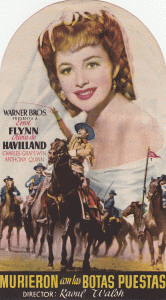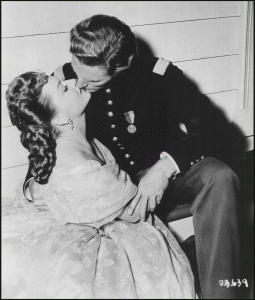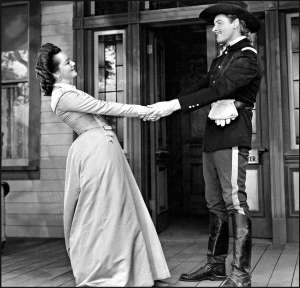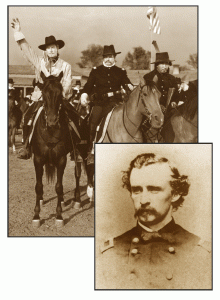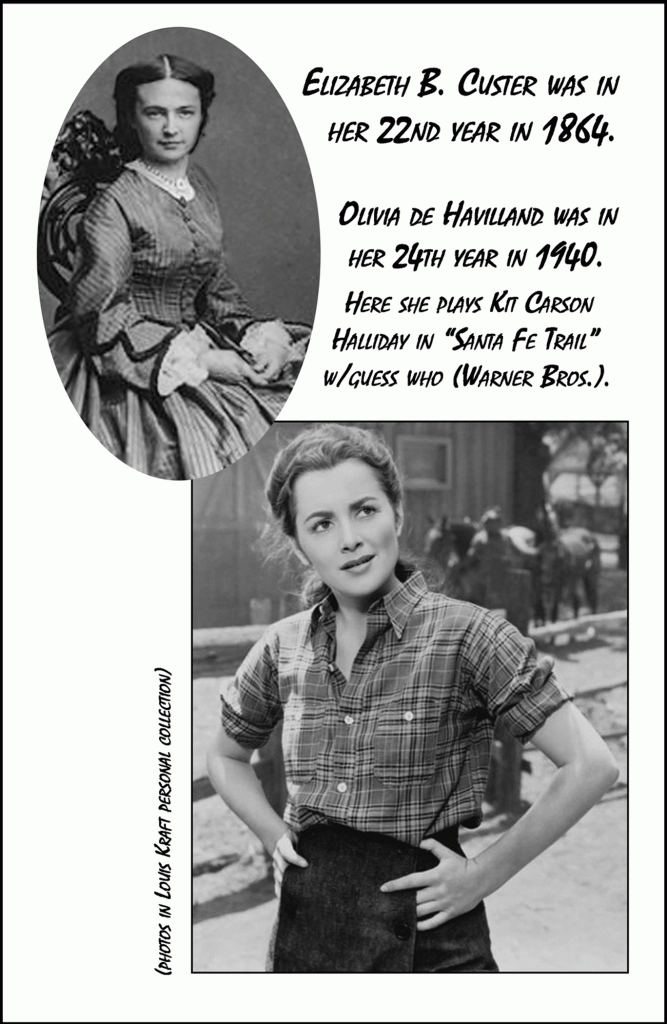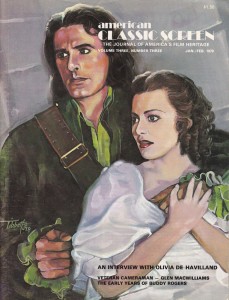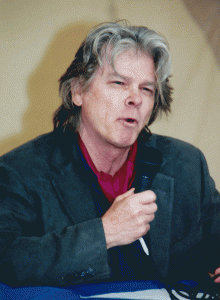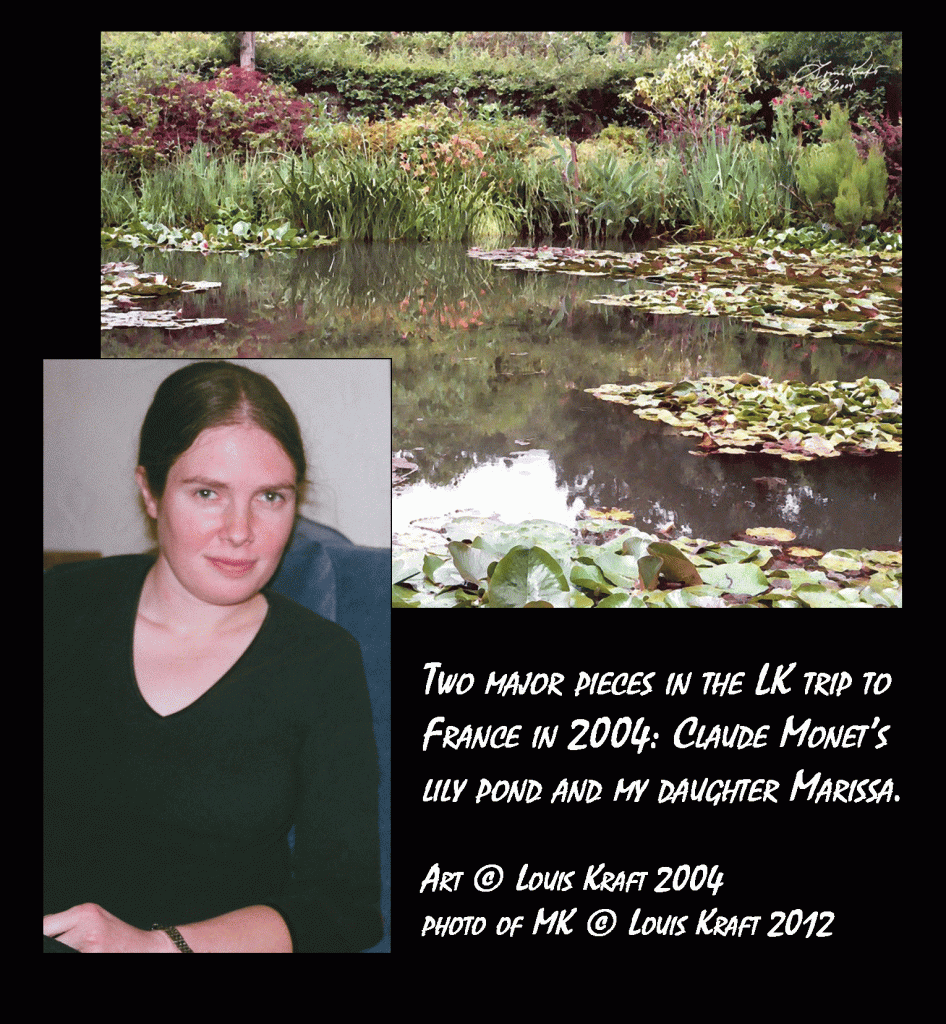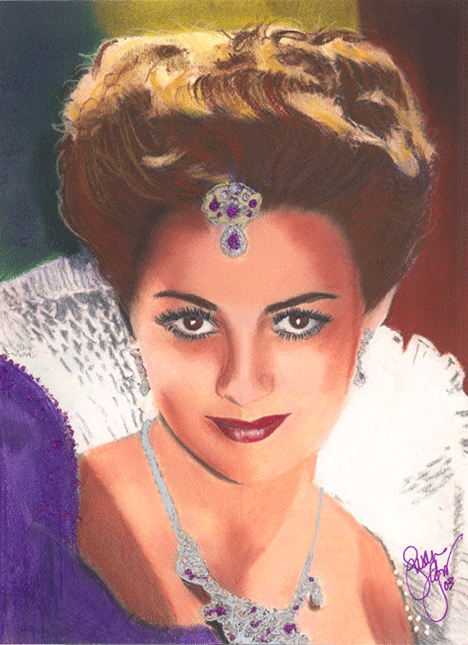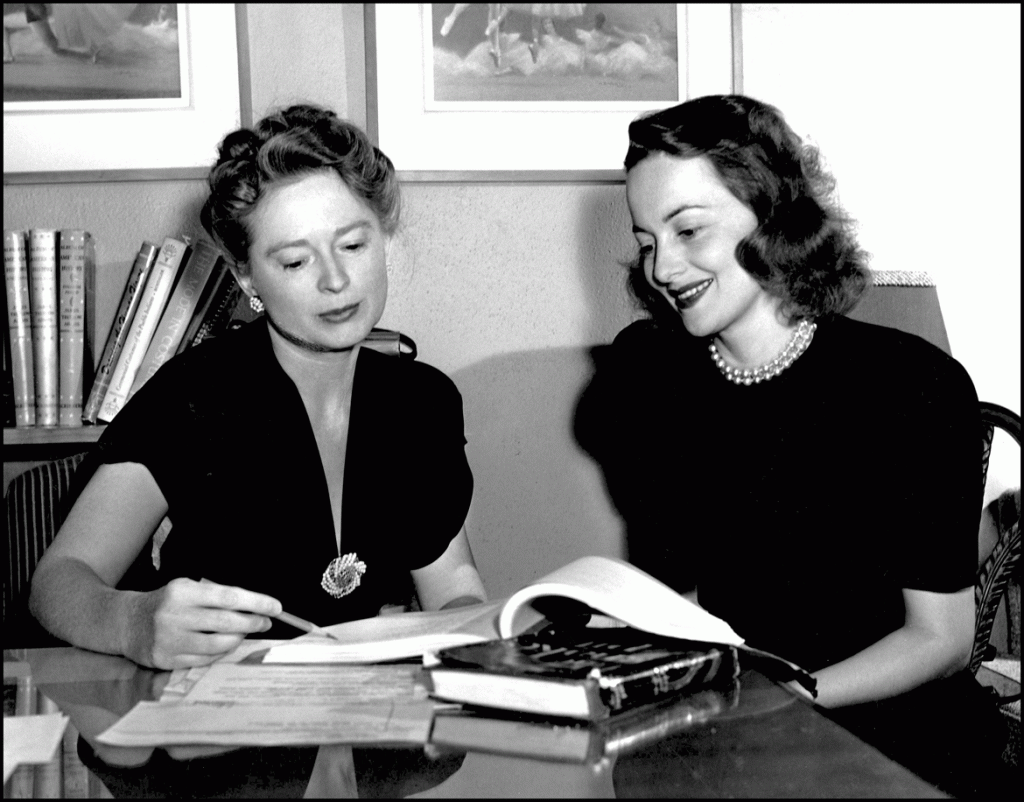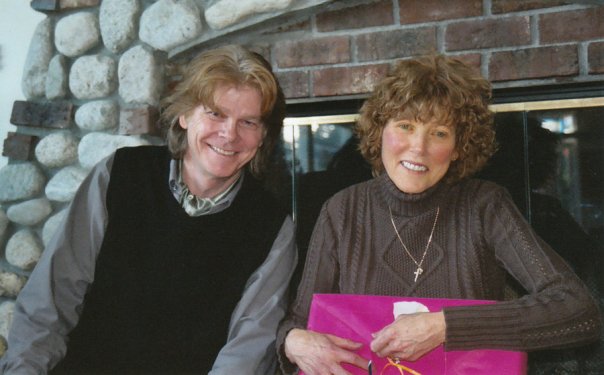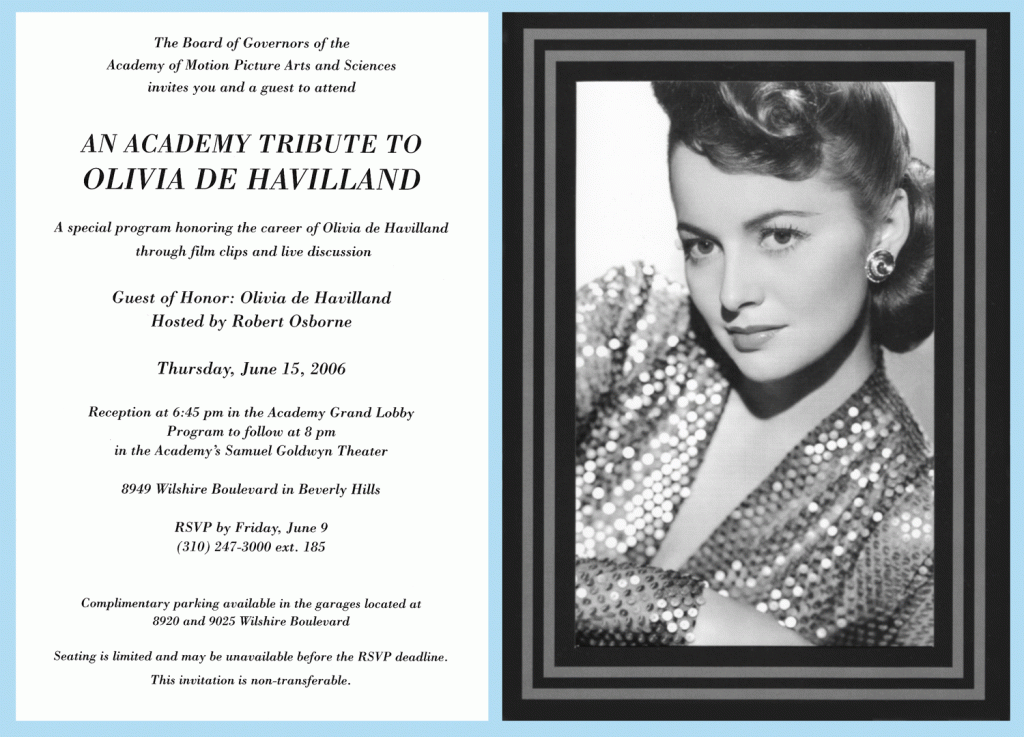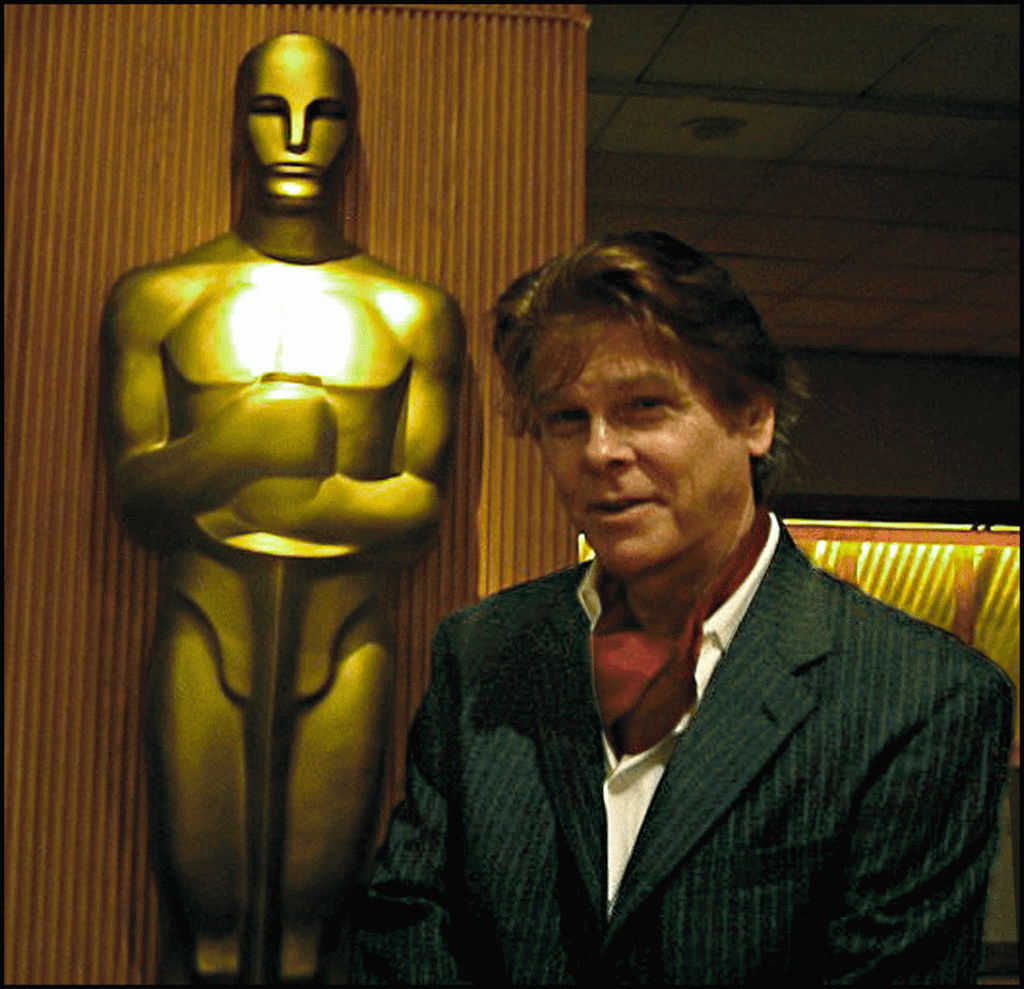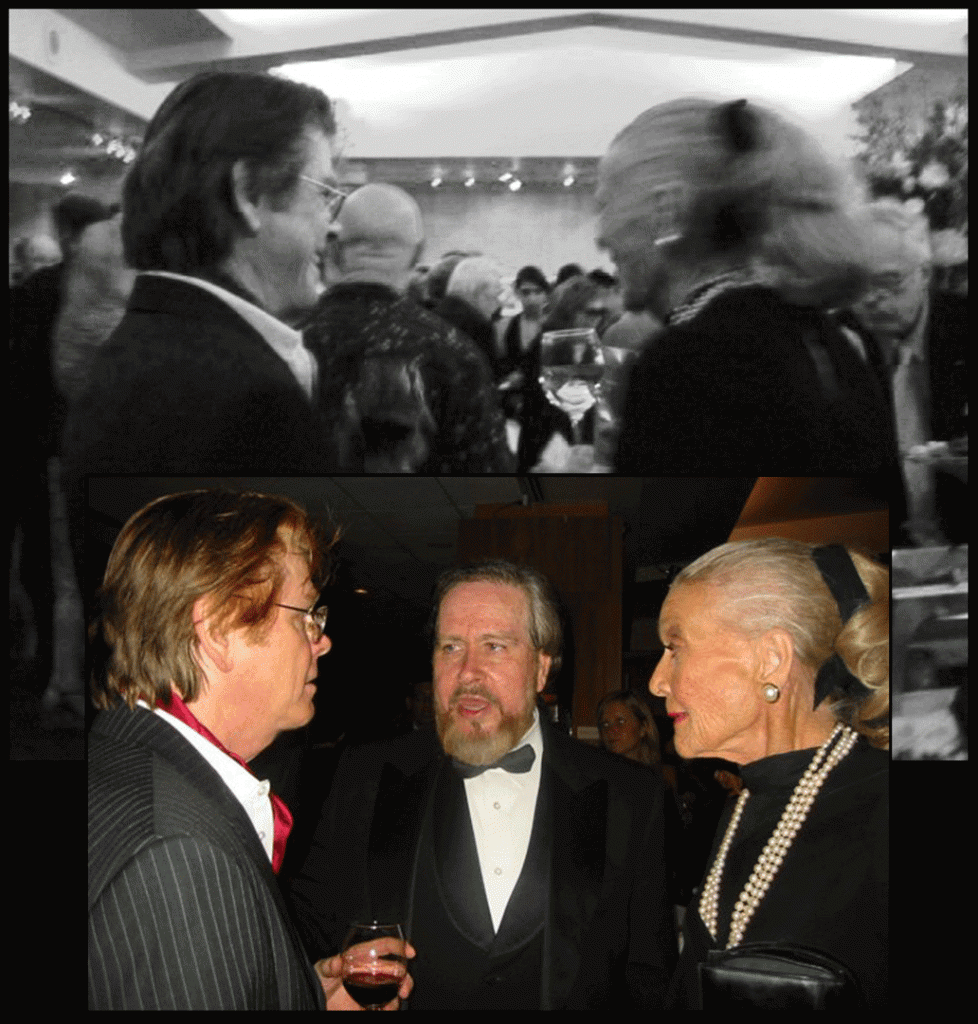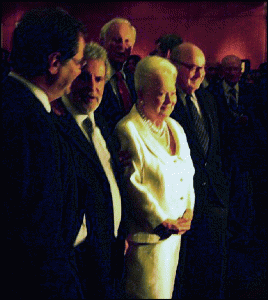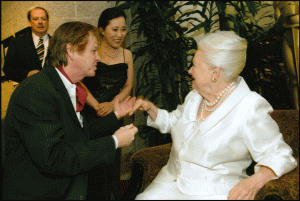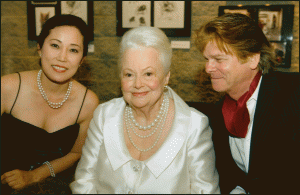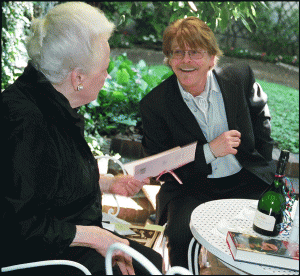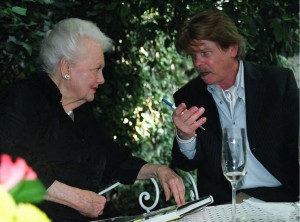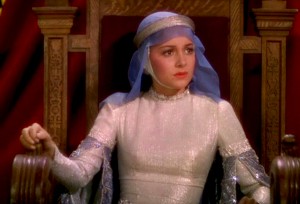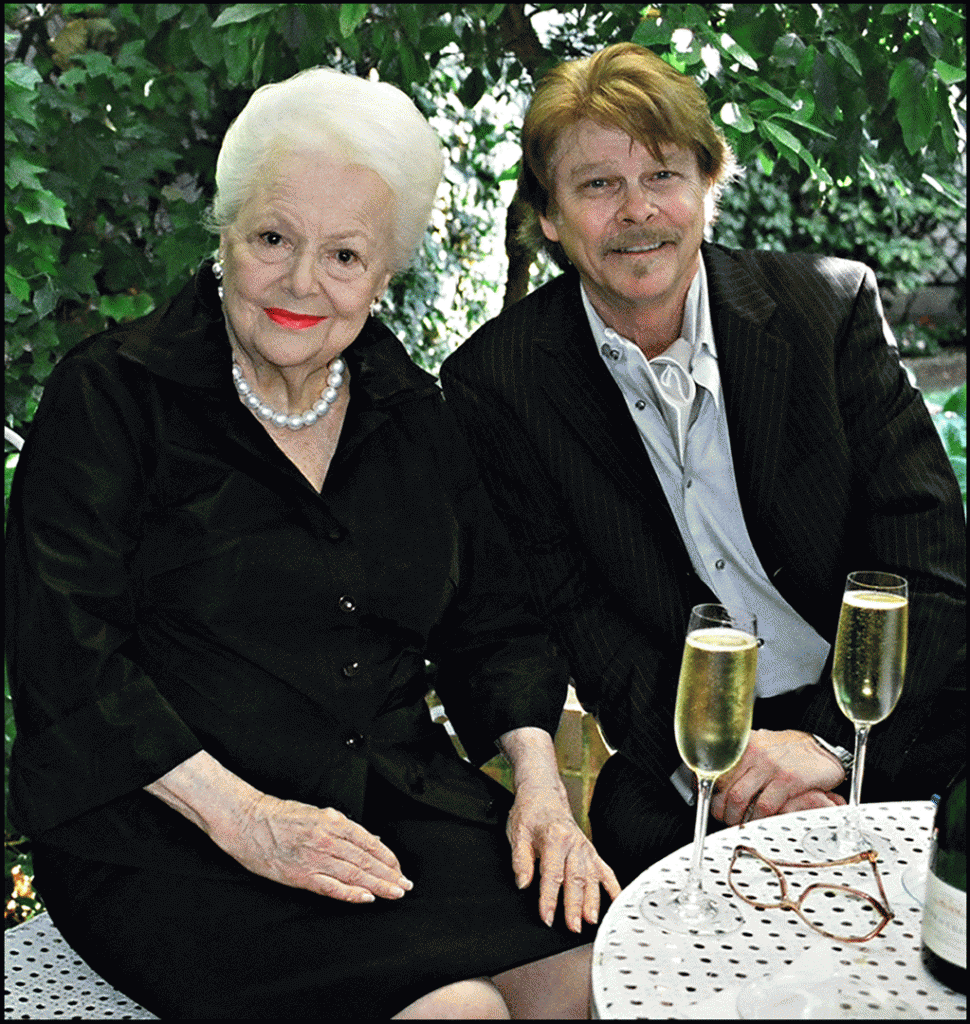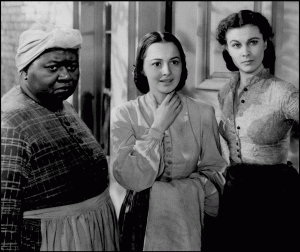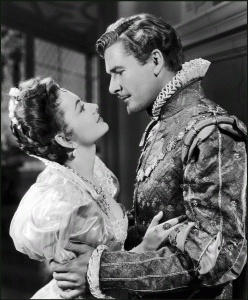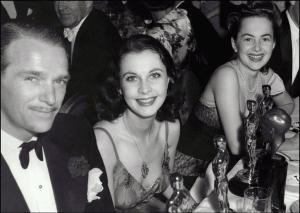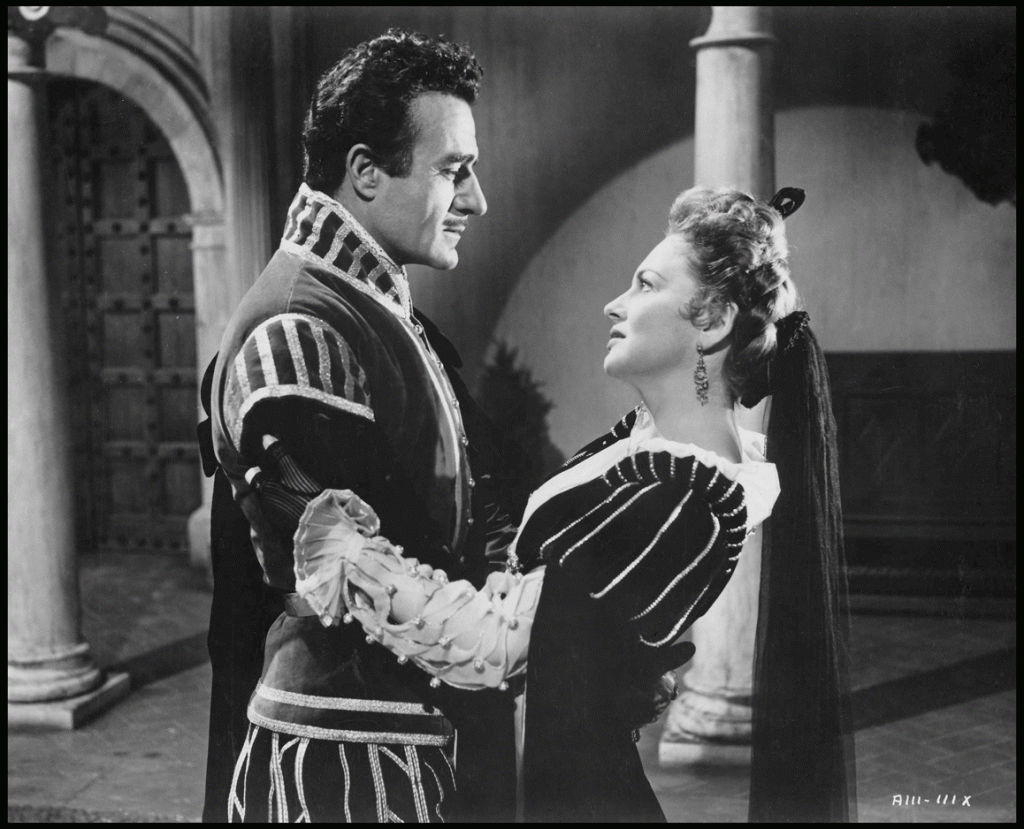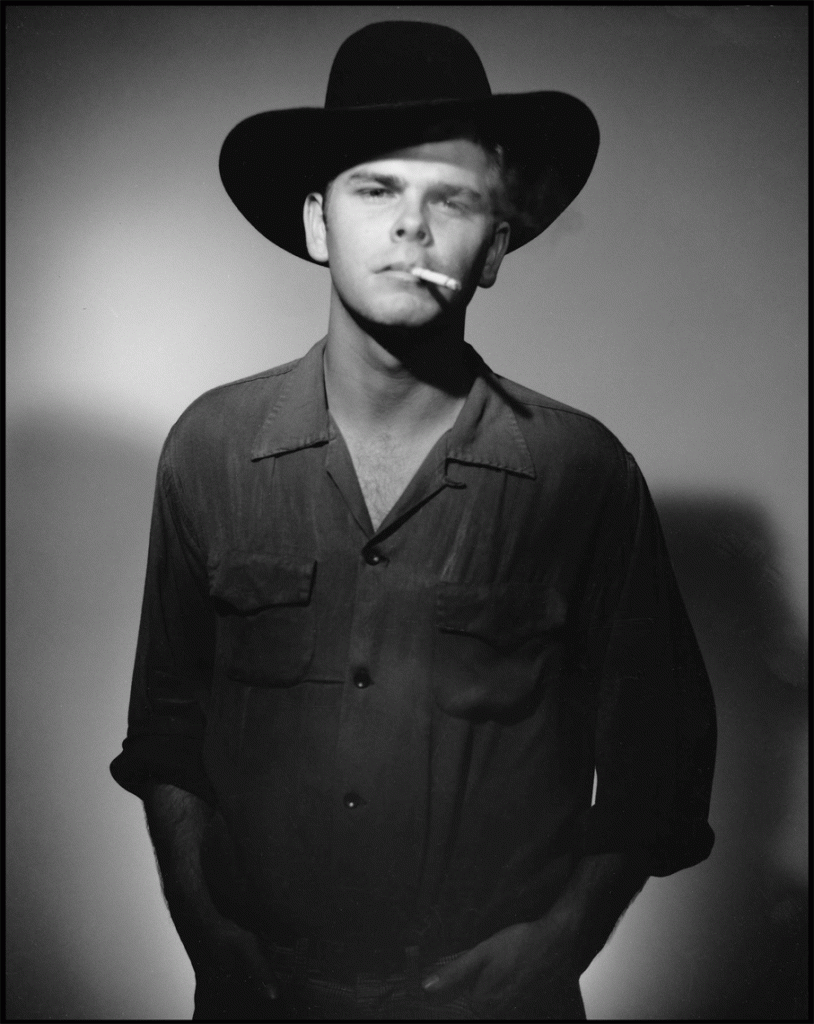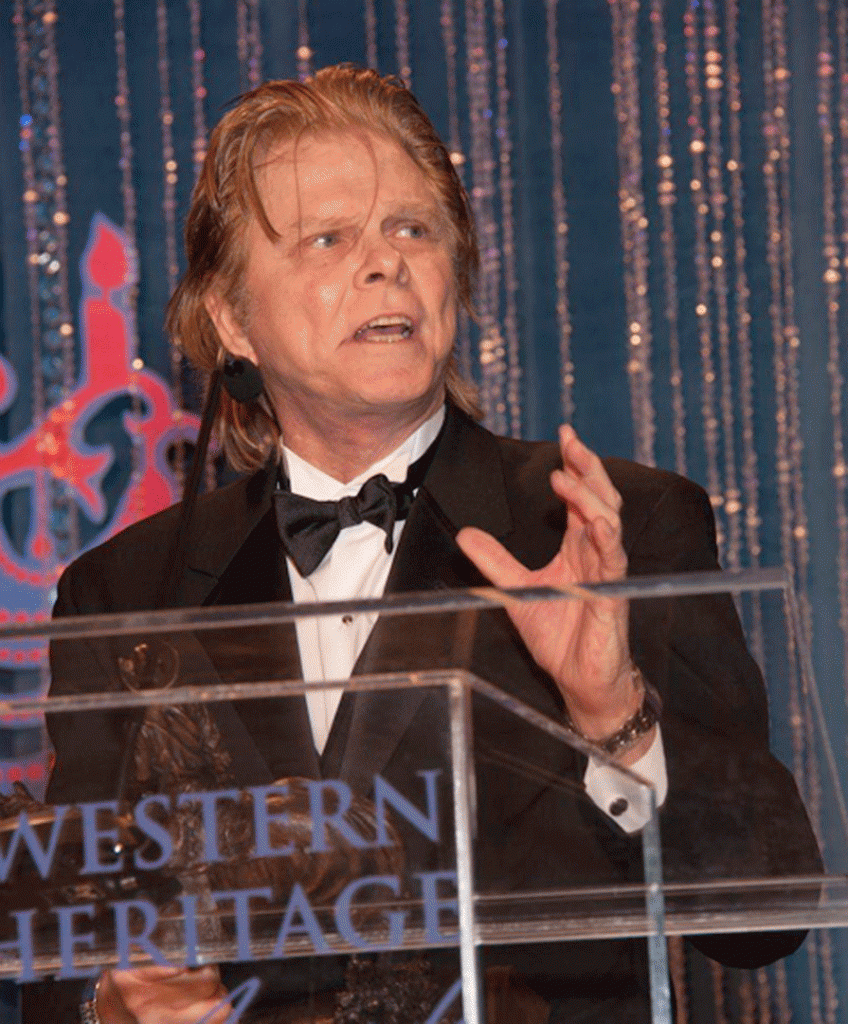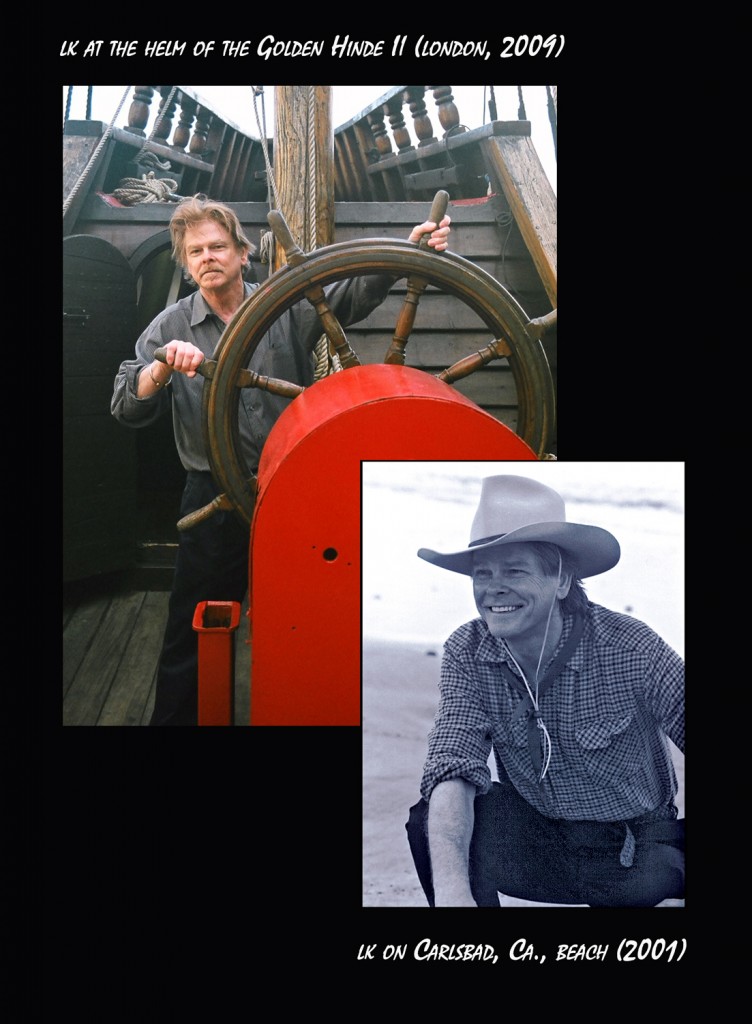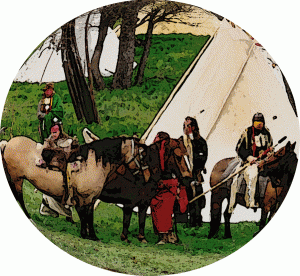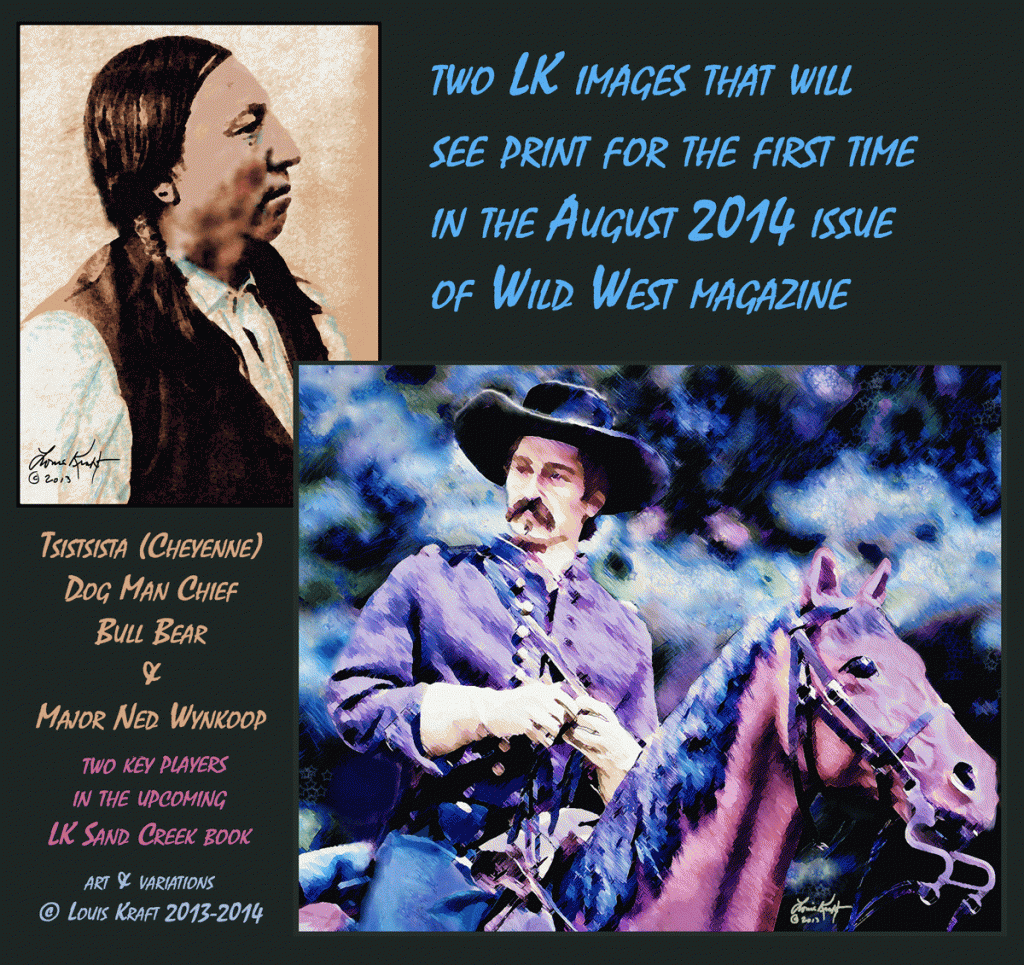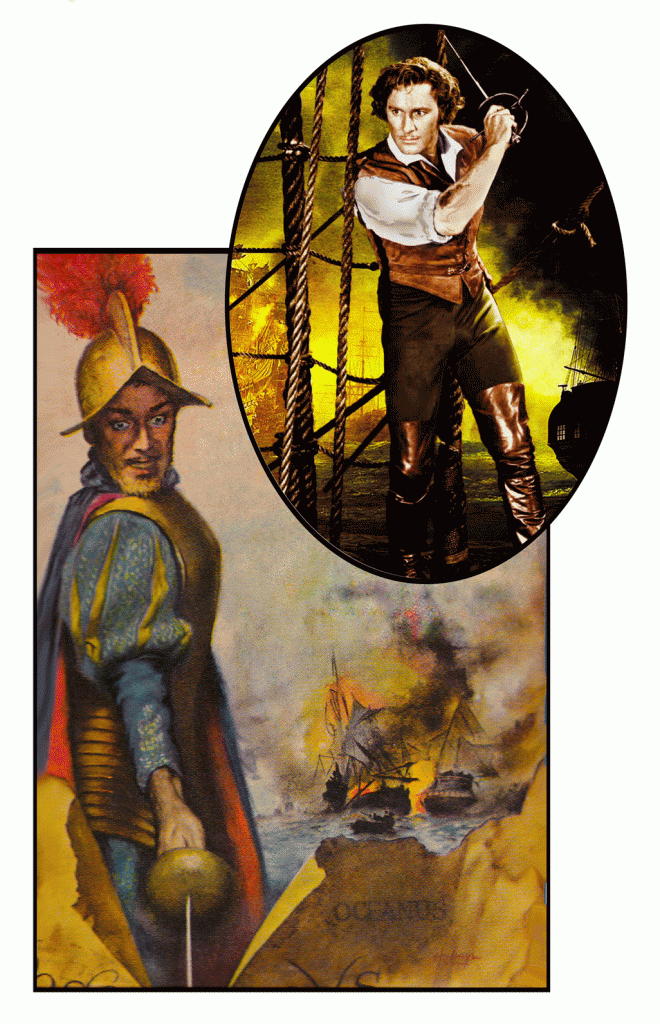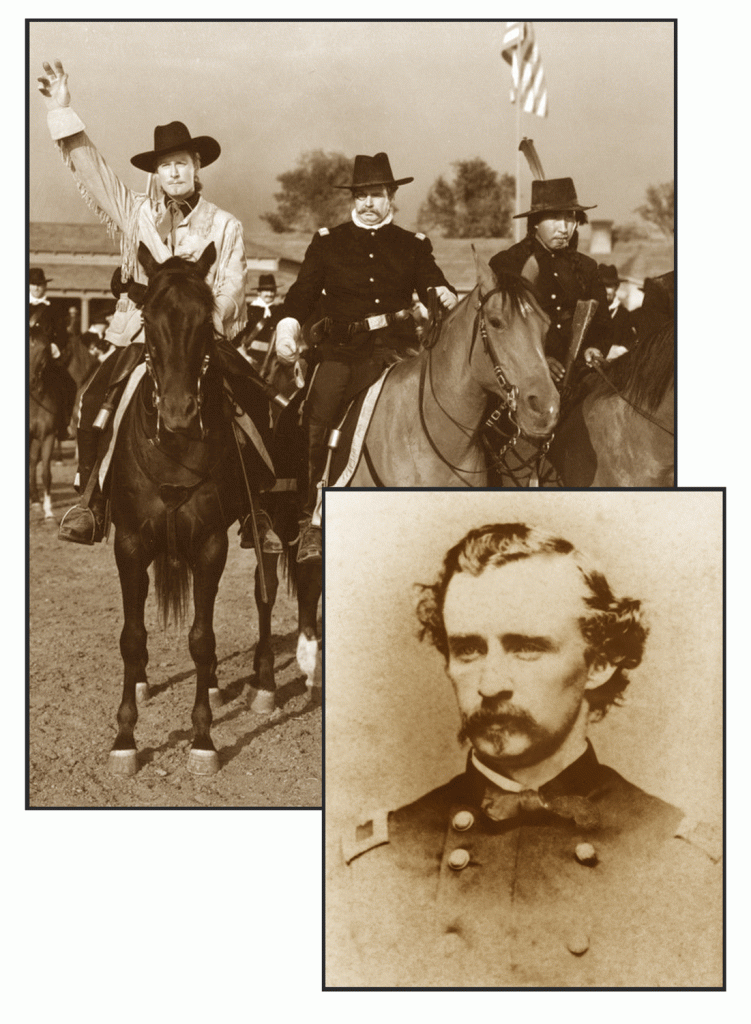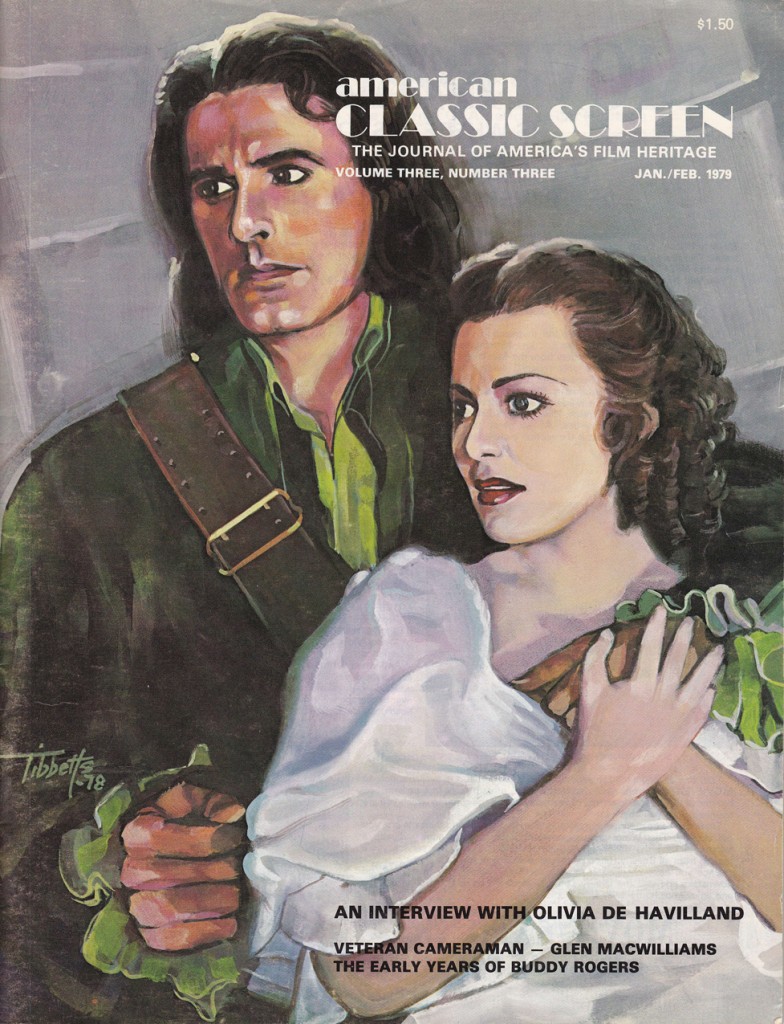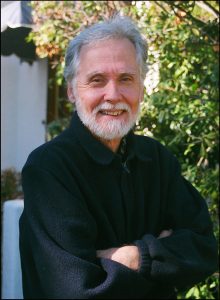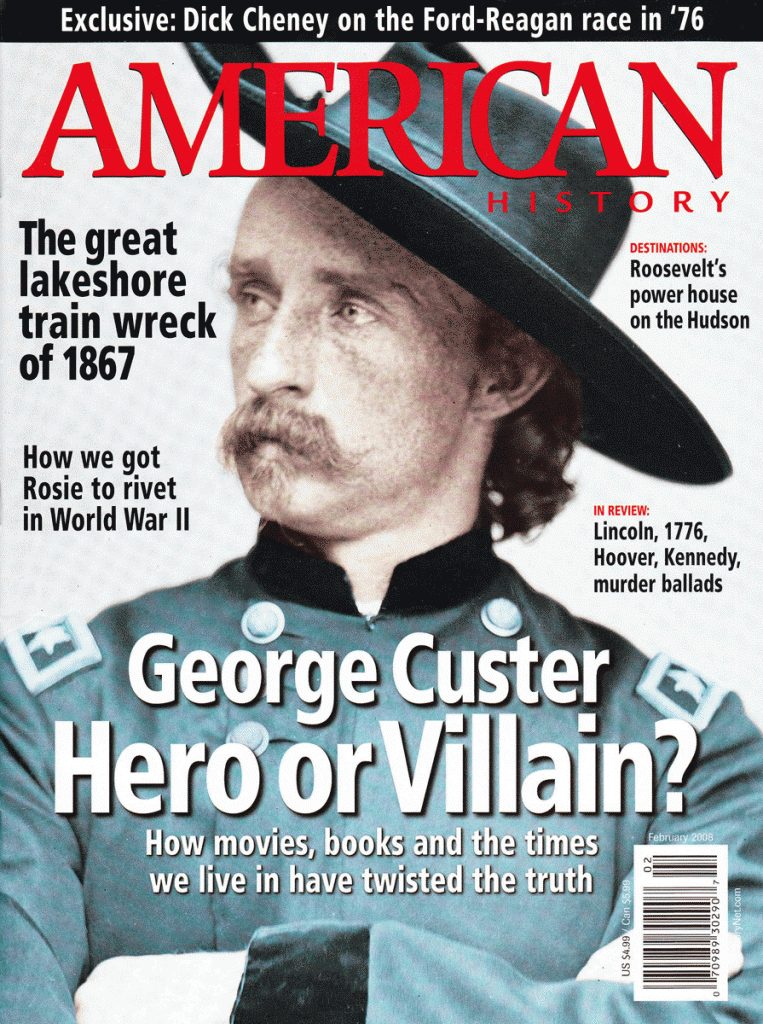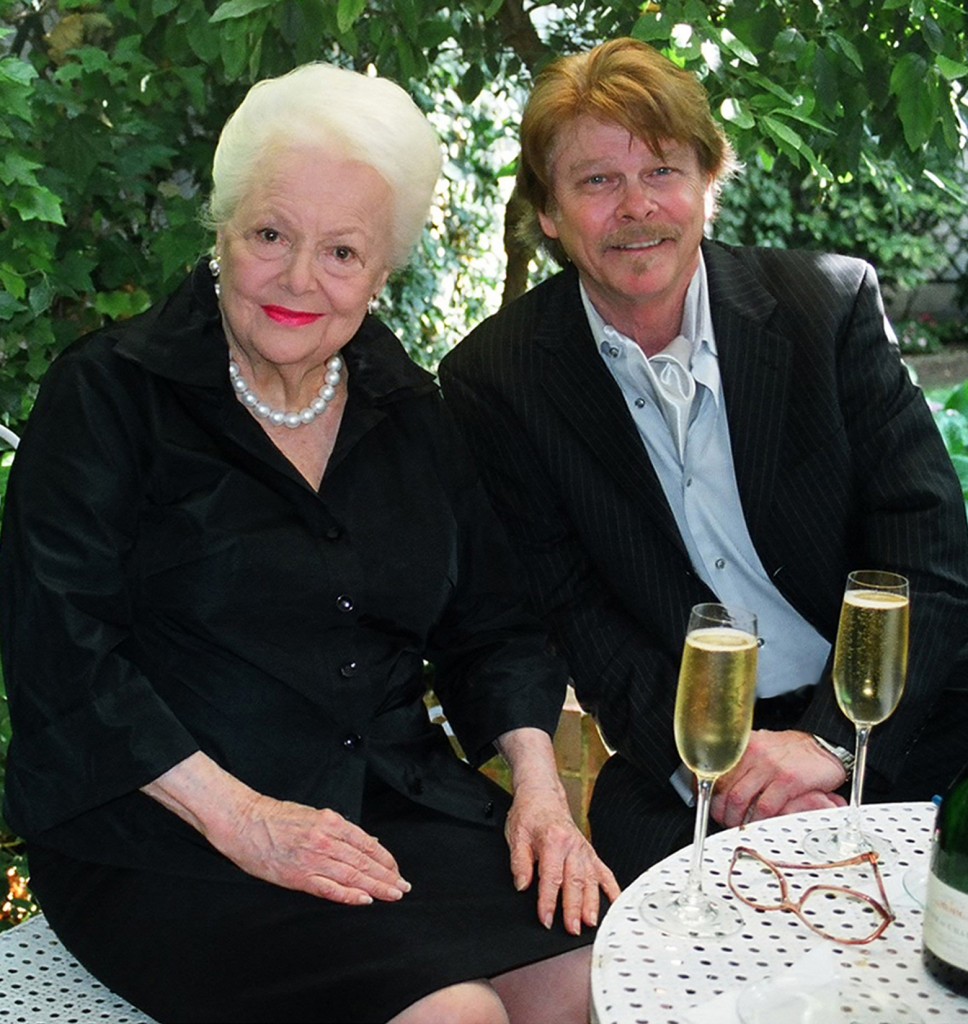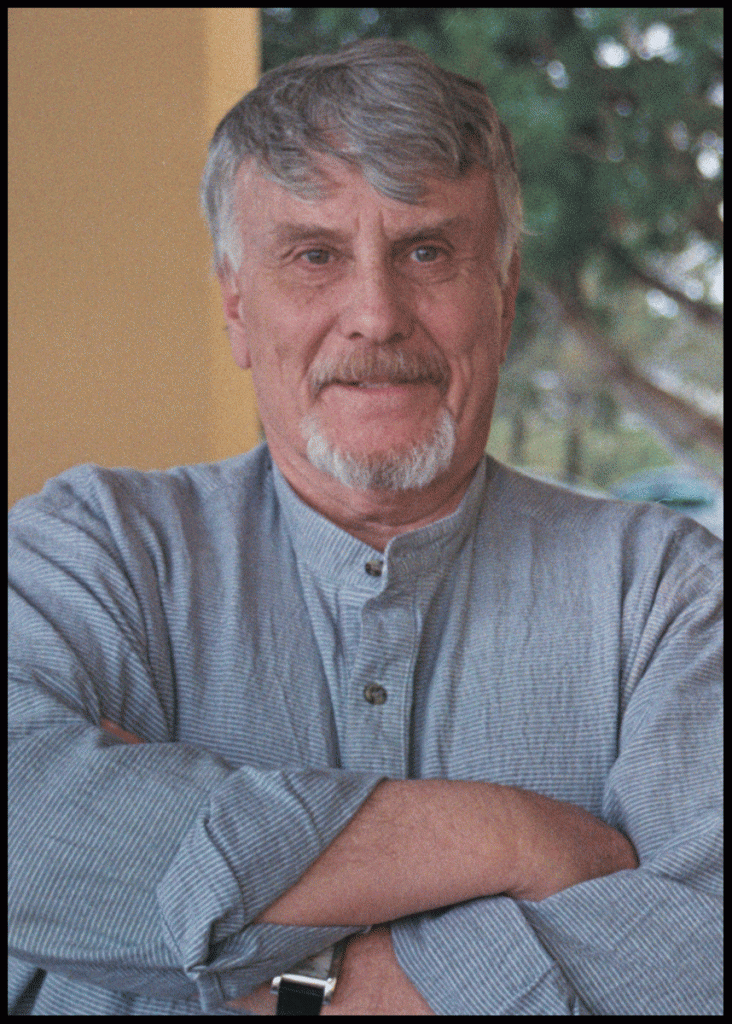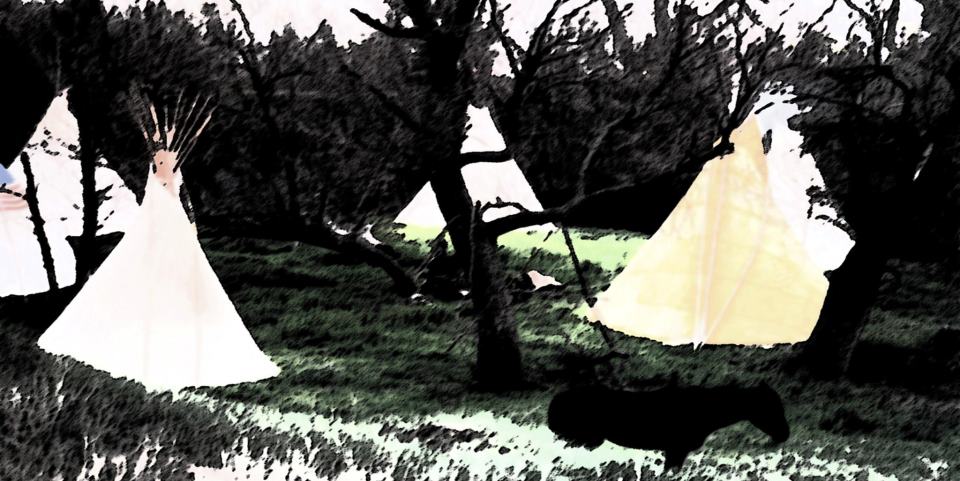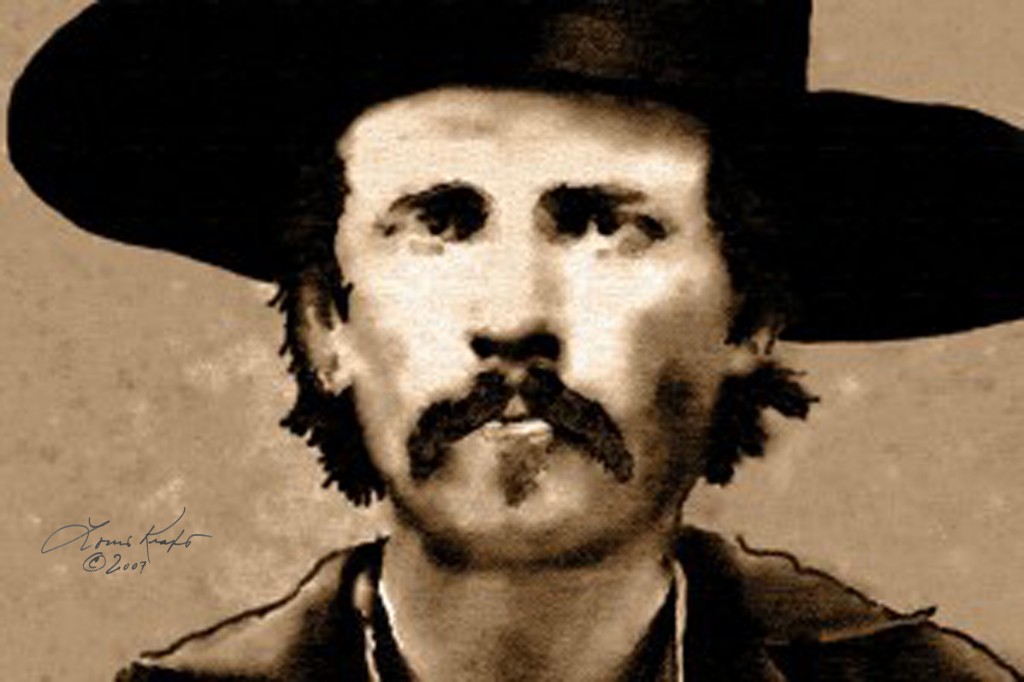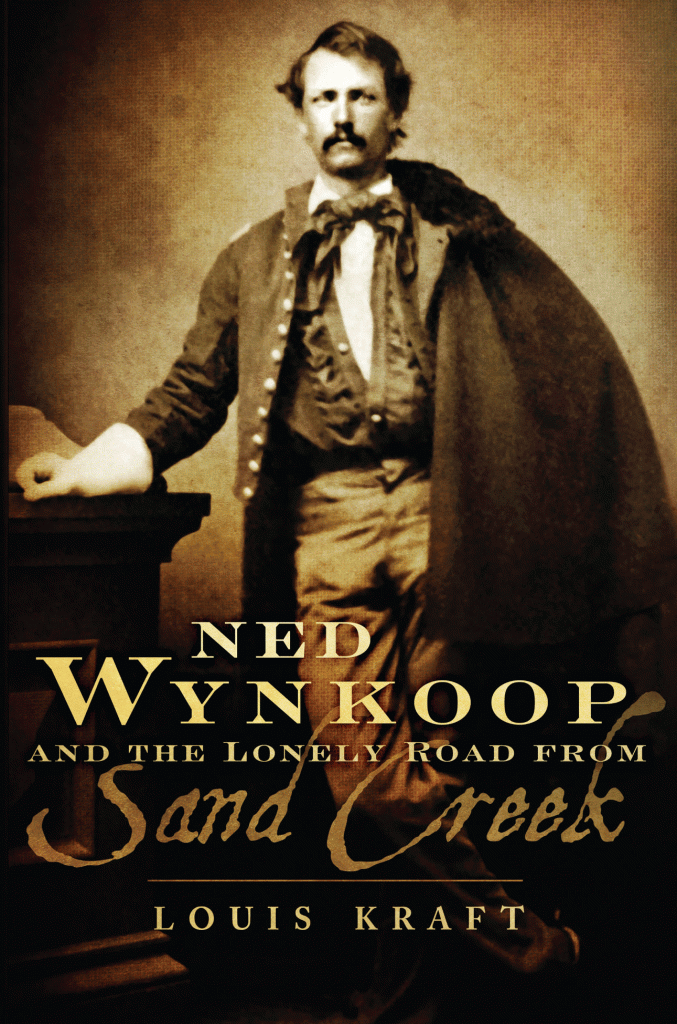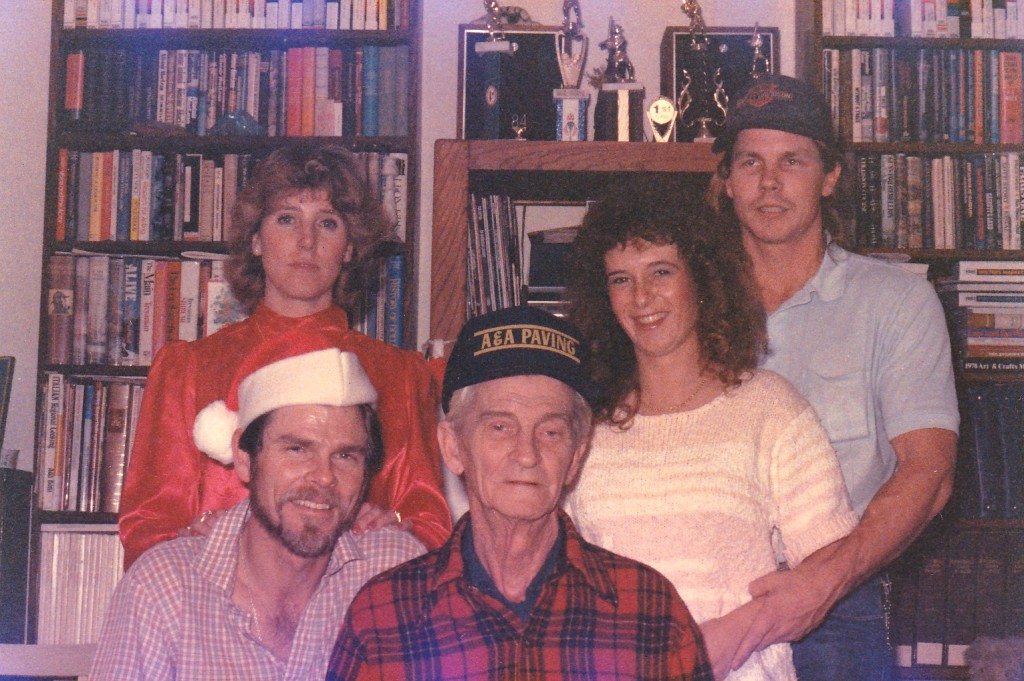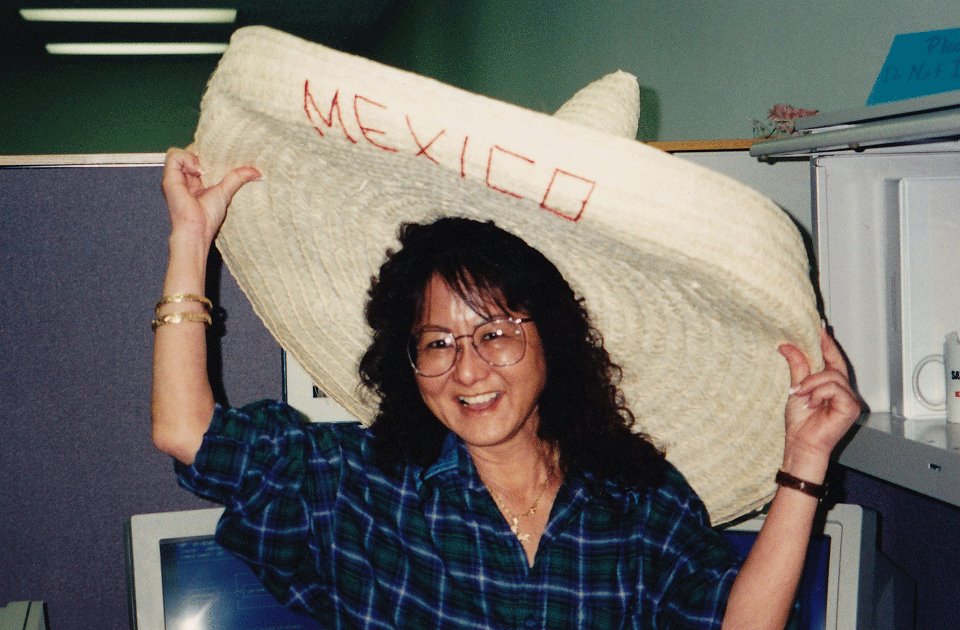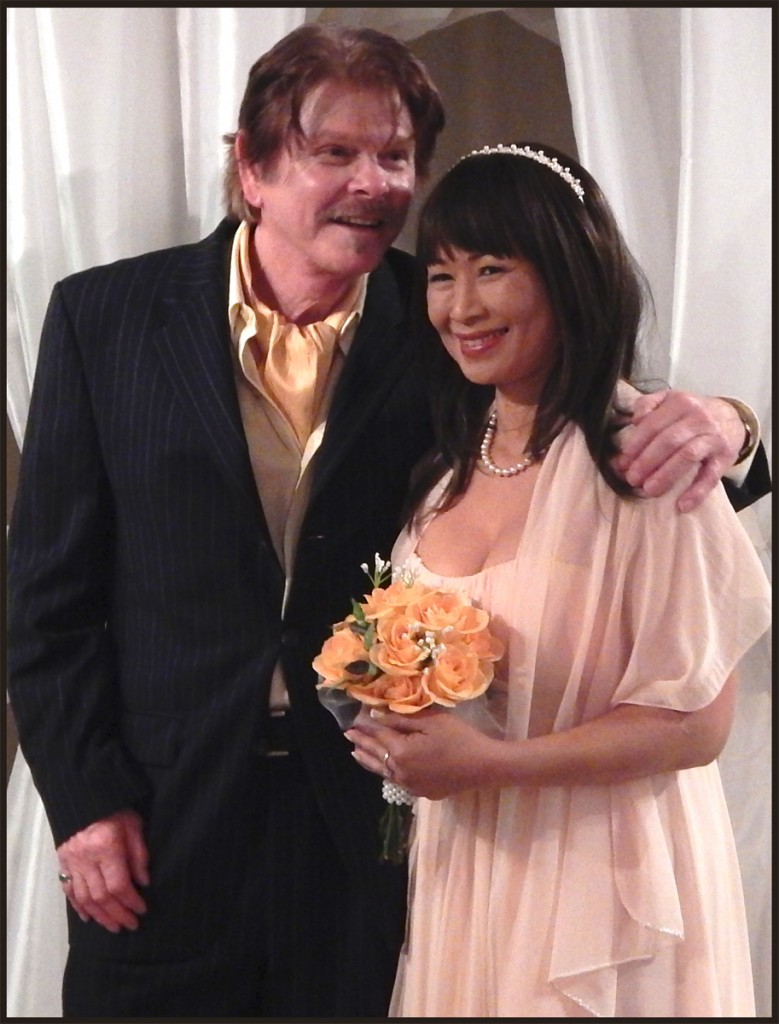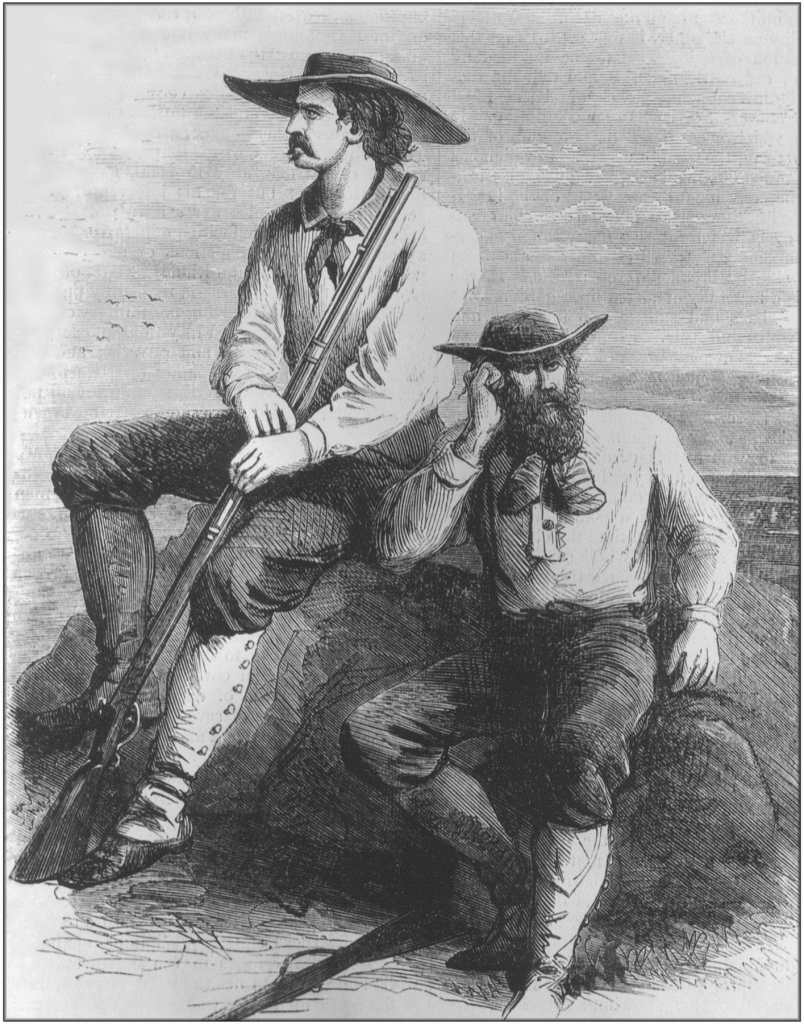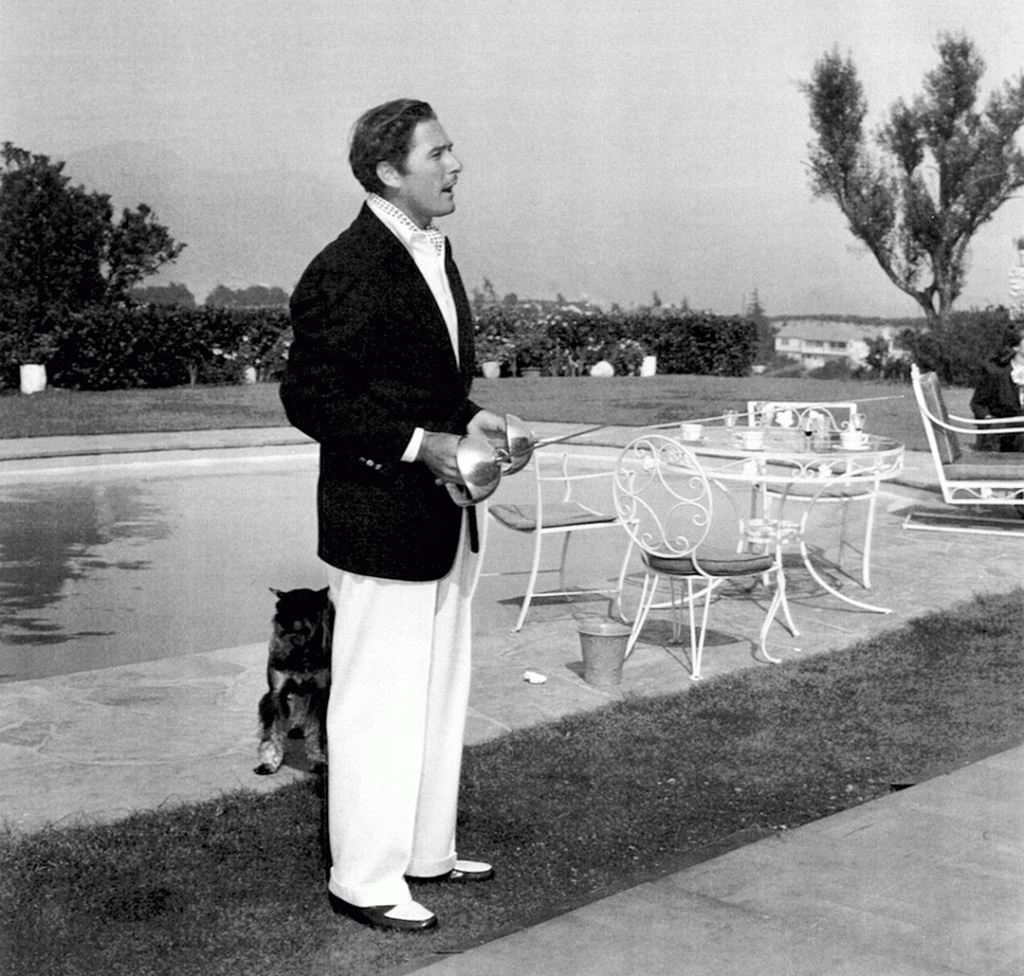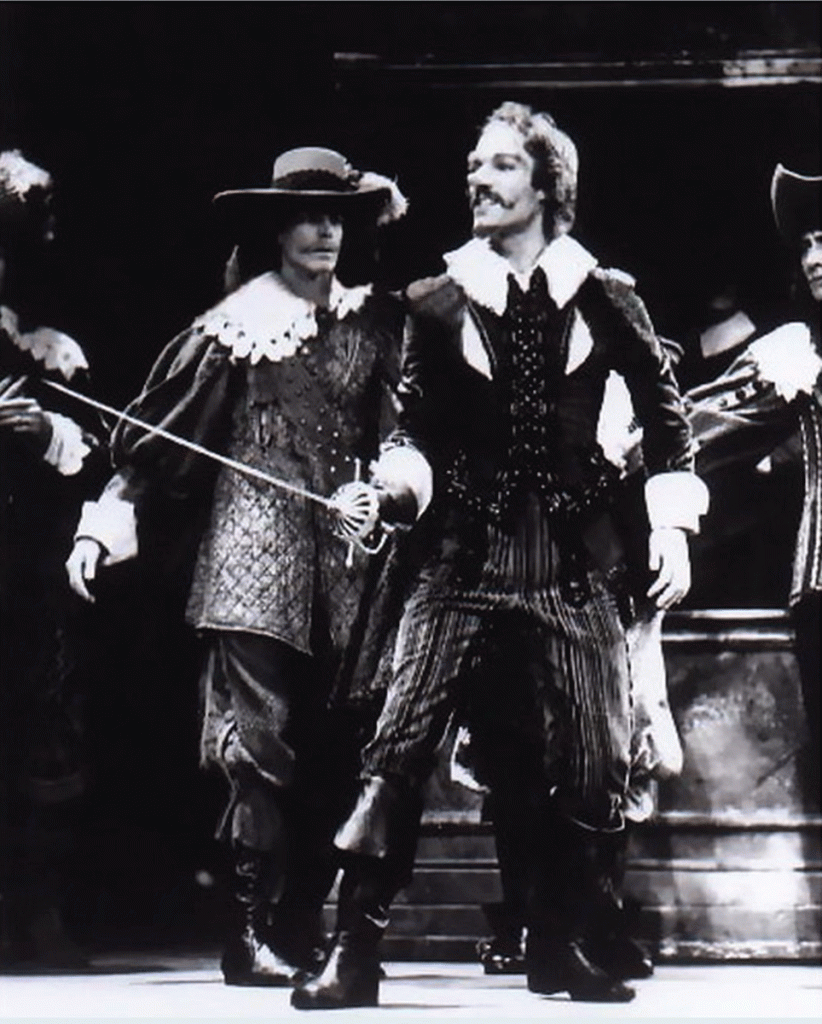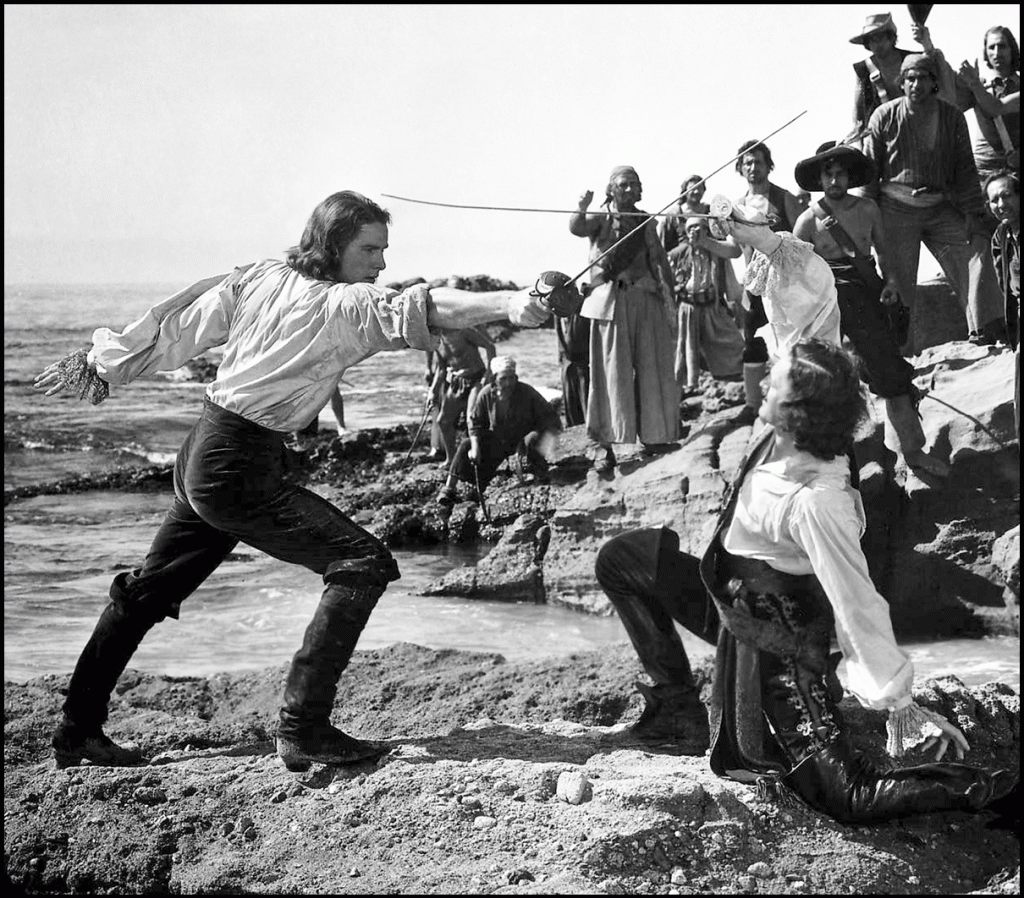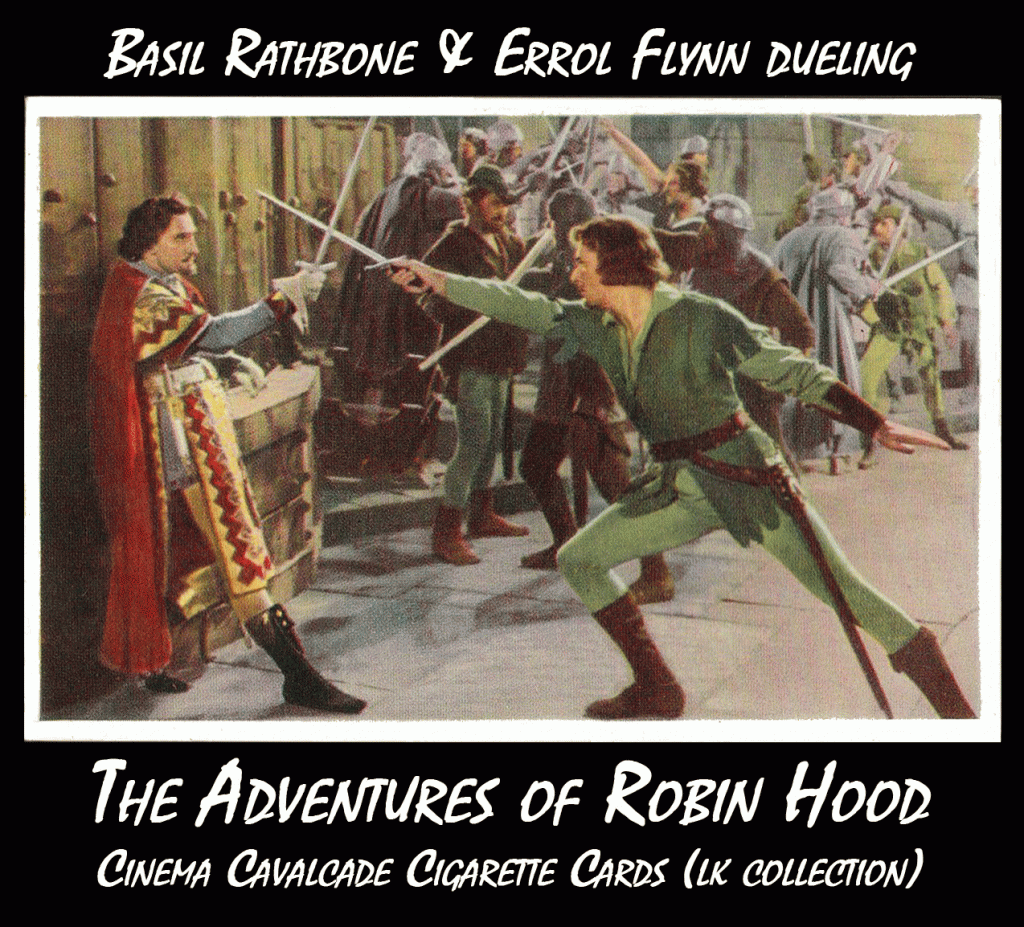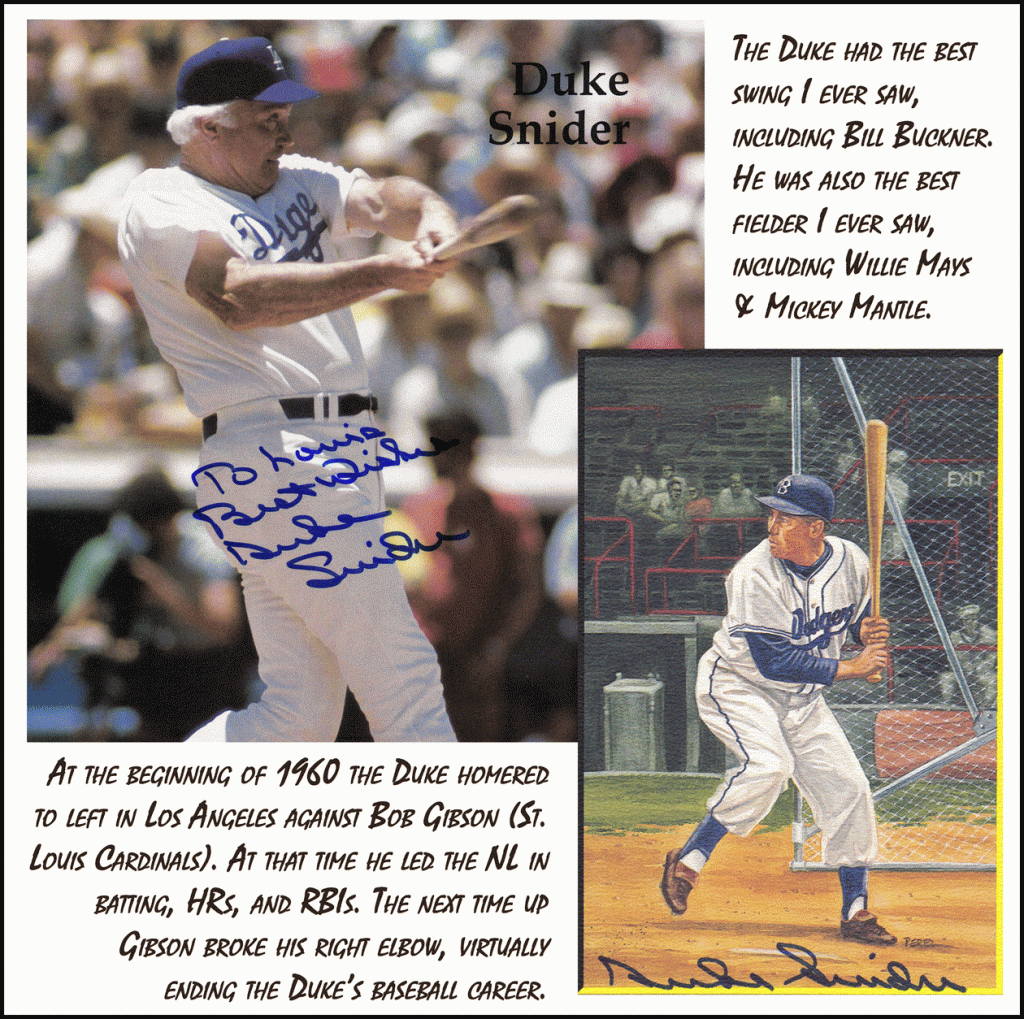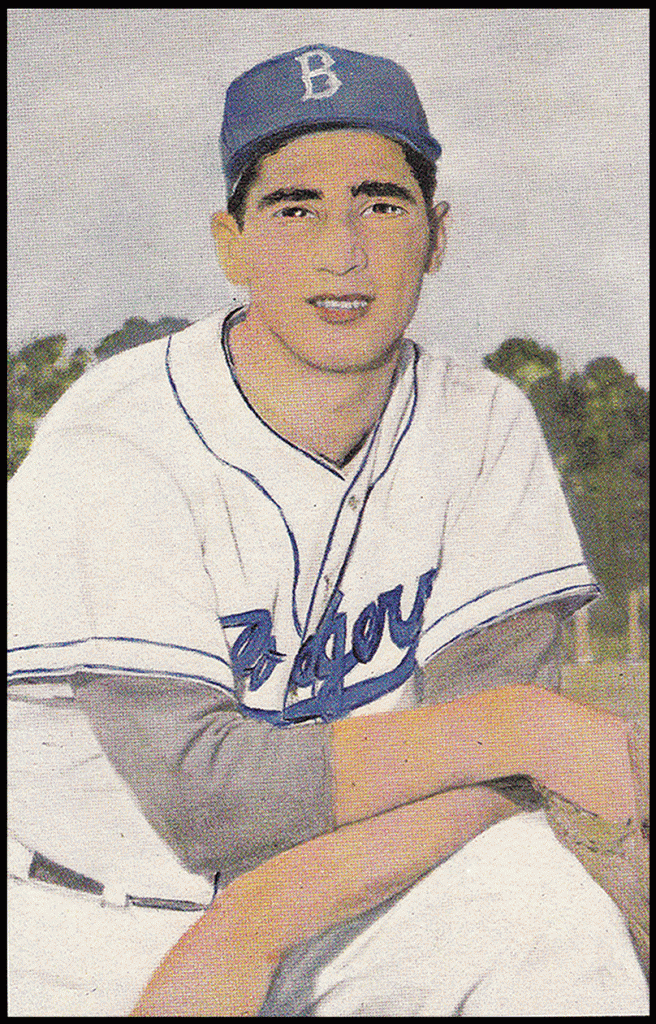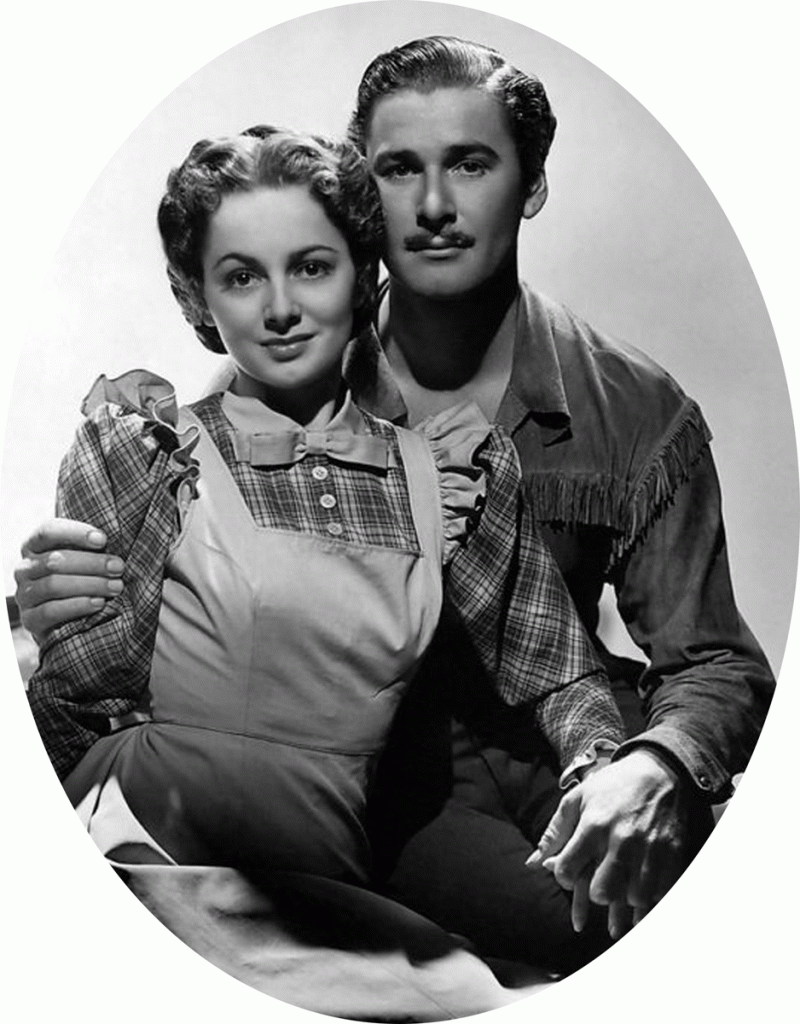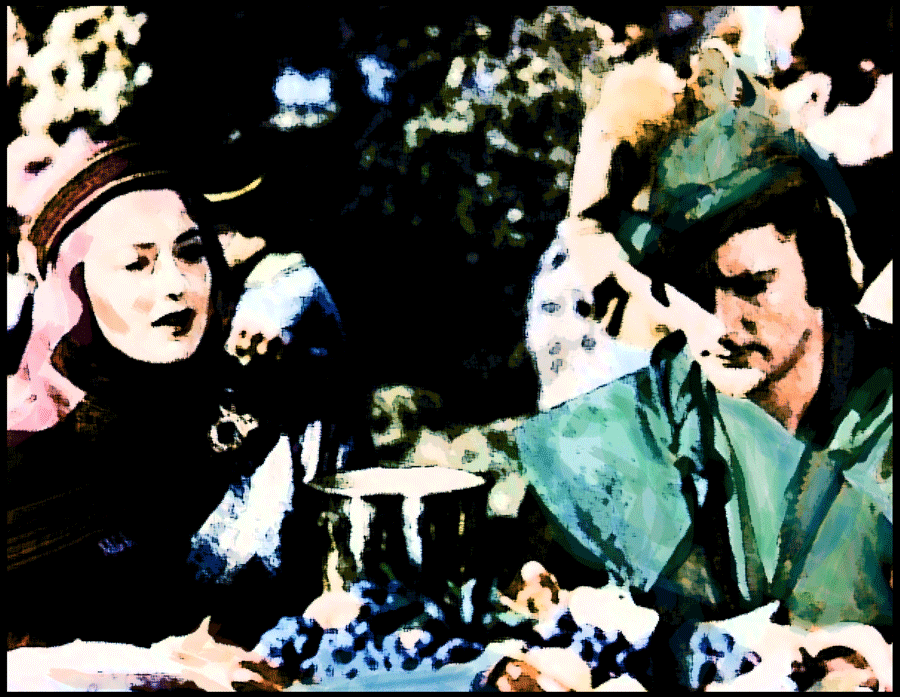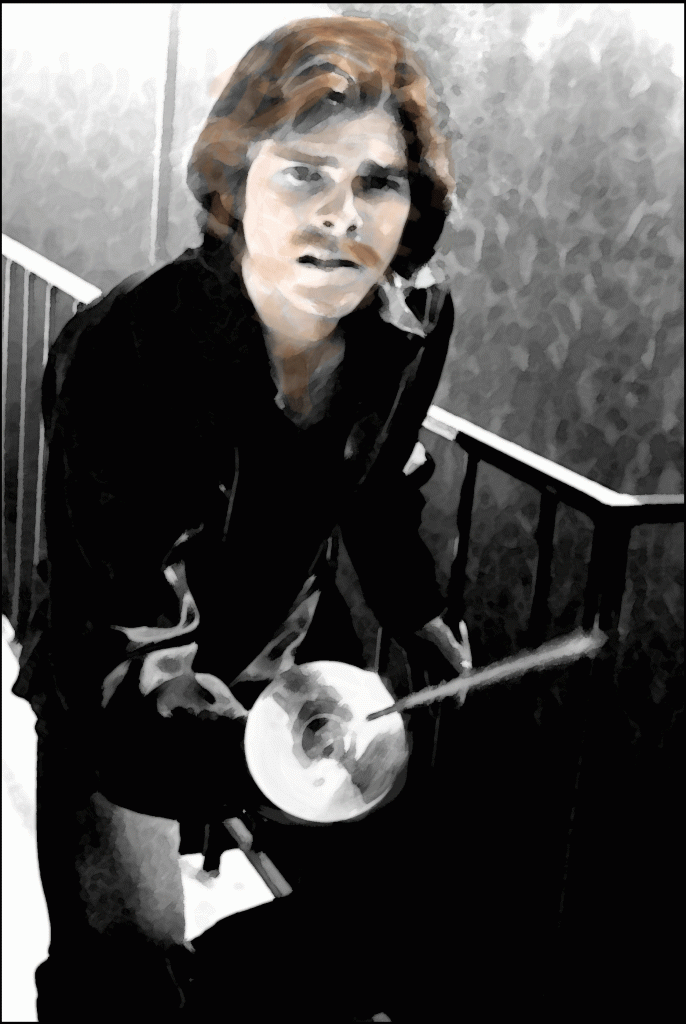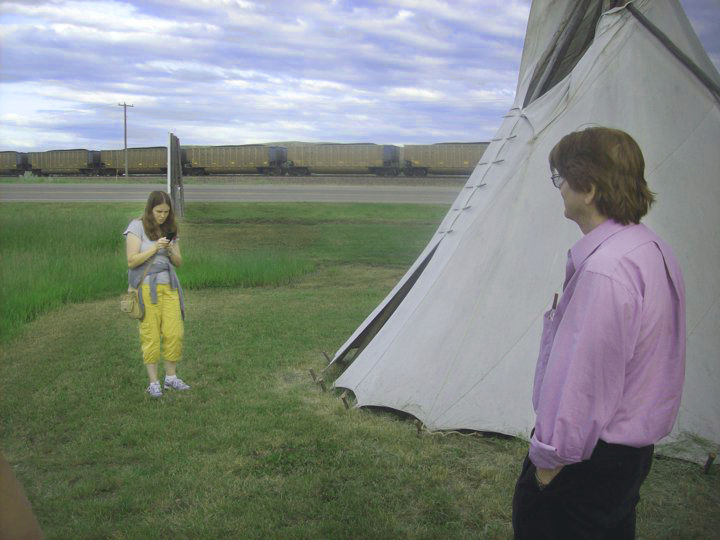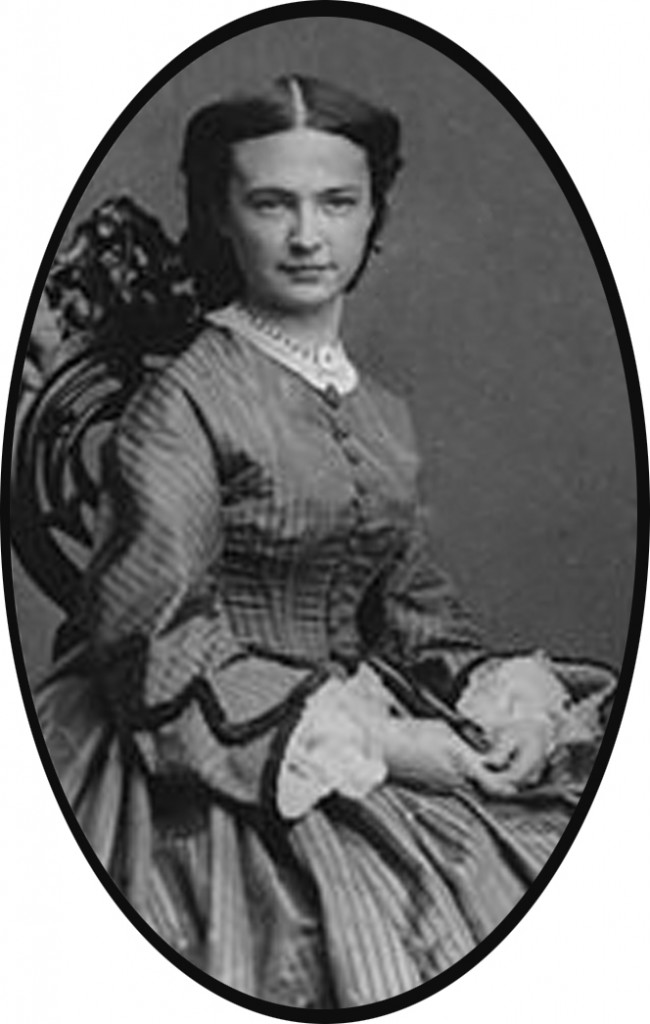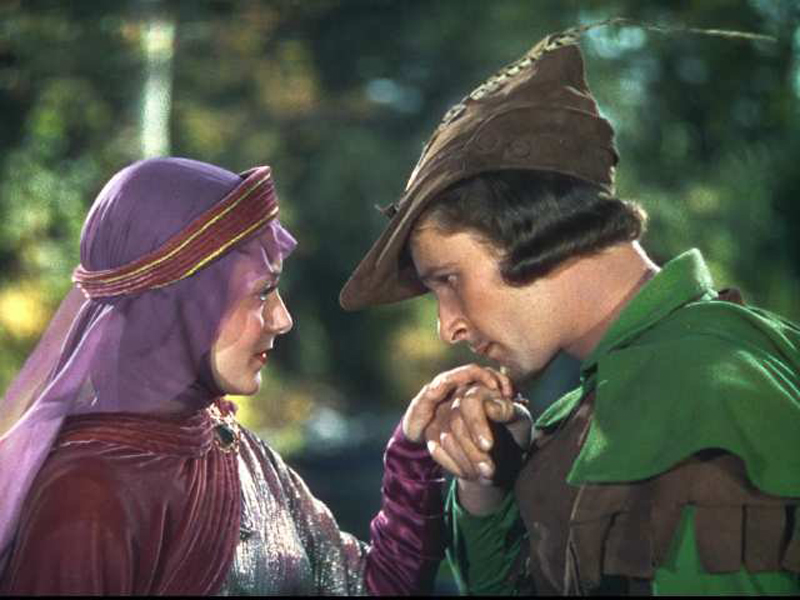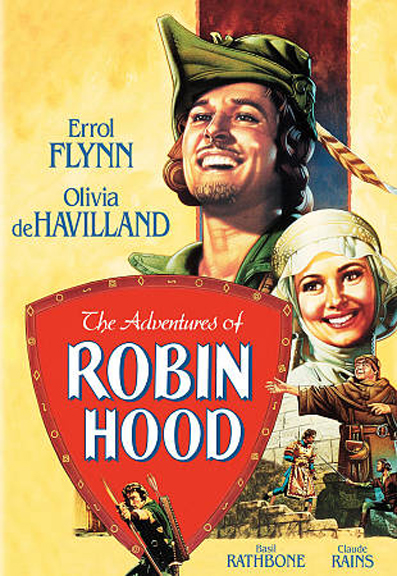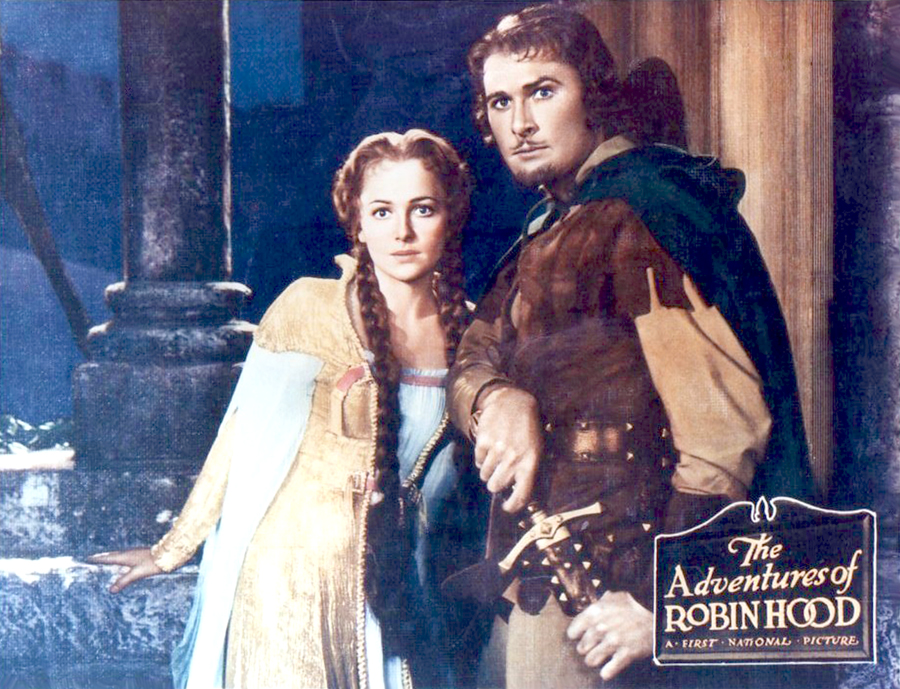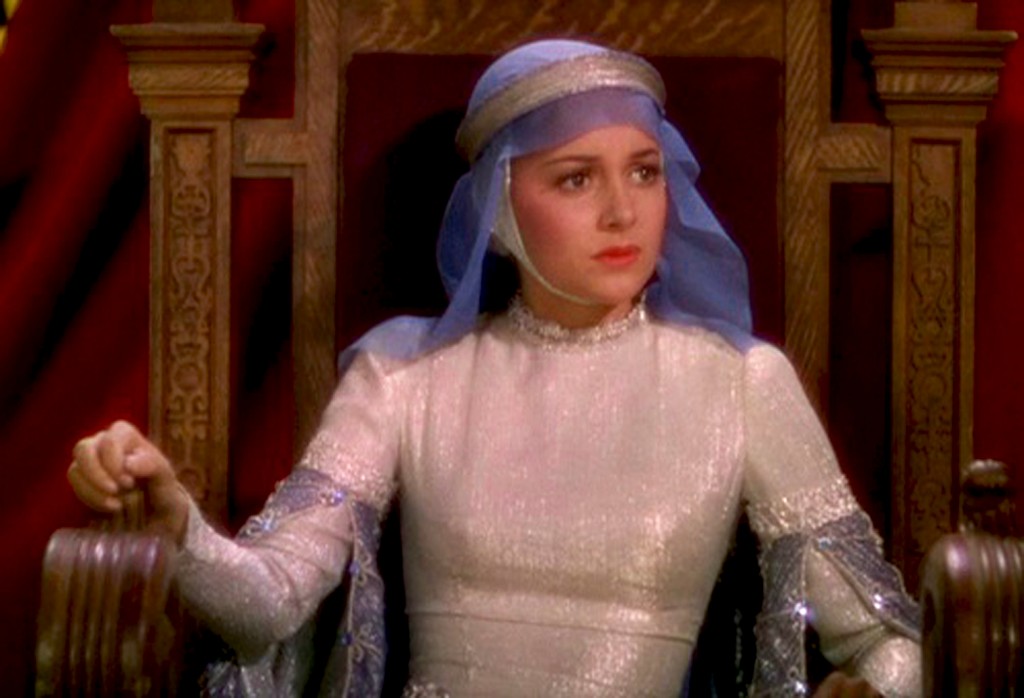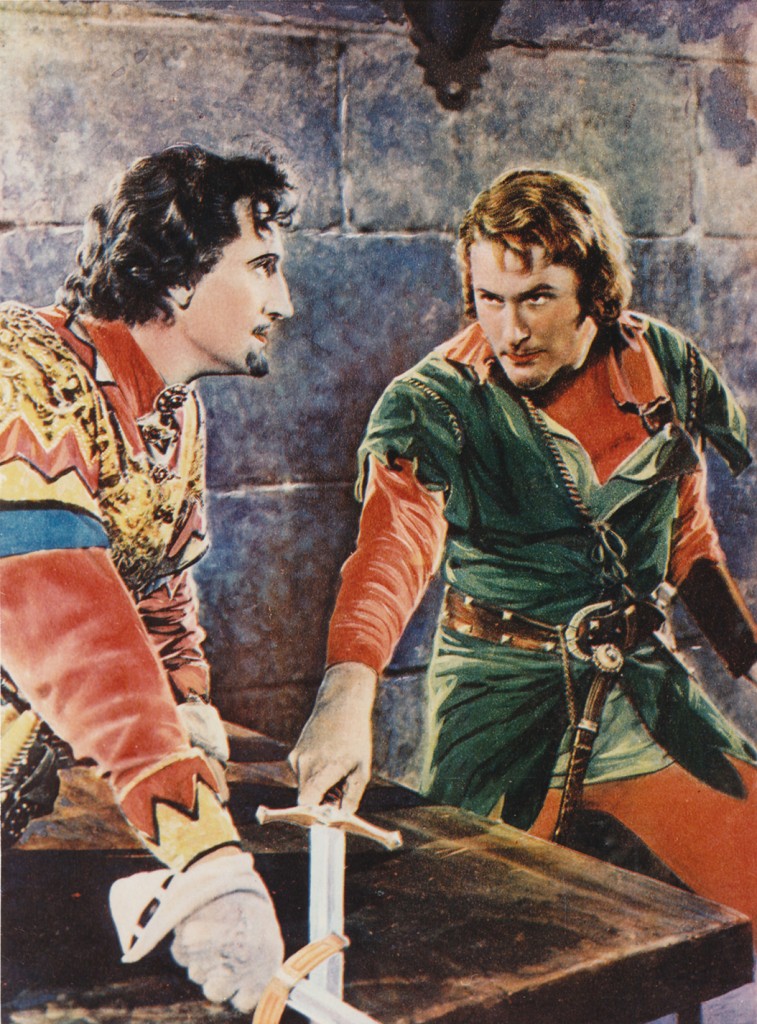Website & blogs © Louis Kraft 2013-2020
Contact Kraft at writerkraft@gmail.com or comment at the end of the blogs
LK is pounding the keys on Sand Creek and the Tragic End of a Lifeway, but as usual I juggle my major projects. The Discovery has demanded a lot of my time over the last year and a half, but now that the novel’s prose has reached the polishing stage it demands less (although I still have a lot to do before it sees publication).
I plan on spending some time dealing with writing hacks and technical writing.

A publicity photo taken on 24mar2002 for the first Wynkoop one-man play. I had the hat designed from an 1867 woodcut of Wynkoop that appeared in the 11may1867 issue of Harper’s Weekly. (photo © Louis Kraft 2002)
This means that Black Kettle, Tall Bull, Lean Bear, William Byers, John Evans, John Chivington, Charley, George and William Bent, John Smith, Silas Soule, and of course that ol’ blackguard Ned Wynkoop will dominate my mind for a long time to come. They will remain the number one consumer of my time until Sand Creek and the Tragic End of a Lifeway is published. Of course not too far back “Geronimo’s Gunfighter Attitude” dominated my life. Heck, it only took five days for me to edit, rewrite, and cut 900+ words from the October 2015 Wild West article earlier this month (see Geronimo preempts the Sand Creek manuscript). WW editor Greg Lalire then edited my changes and added a little less than 100 words to the story. Unfortunately he got creative and added some errors, which my second review fixed. I think Greg is correct, a shortened word count can still produce a good story. I won’t be happy until the article is published for then, and only then, will I be able to read it and decide if it is decent or a piece of crap. This isn’t a negative view by me, for this is how I view all of my written work—I must read the published piece before I can judge it.
Moving into my writing world
Damn, but Kraft is dancing on air. No more articles; at least none are planned or pitched. No more talks (although I have an idea for one on Errol Flynn that would be perfect for New Mexico). No more anything but writing books (and blogs). I’m in hog heaven. Or should I say Harley-Davidson heaven? Now there’s a thought. …
 Pailin has ridden motorcycles in her homeland as have I in my dark ages. … If ever we made Thailand our homeland (Pailin, please don’t growl if you read this) and we had a Vette (and they sell them in Bangkok) or a Harley (and I’m certain that they sell them in Bangkok) we would be noticed wherever we cruised in Thailand. … Oops! No–no Kraft! This is a taboo subject and not open to discussion (sorry; don’t ask).
Pailin has ridden motorcycles in her homeland as have I in my dark ages. … If ever we made Thailand our homeland (Pailin, please don’t growl if you read this) and we had a Vette (and they sell them in Bangkok) or a Harley (and I’m certain that they sell them in Bangkok) we would be noticed wherever we cruised in Thailand. … Oops! No–no Kraft! This is a taboo subject and not open to discussion (sorry; don’t ask).
Back to the point … my writing world
I have finally reached my present life. Believe it or not, it has taken me three years to reach this point in time. A lot of thinking and decisions led the way to this rainy May day late last week.
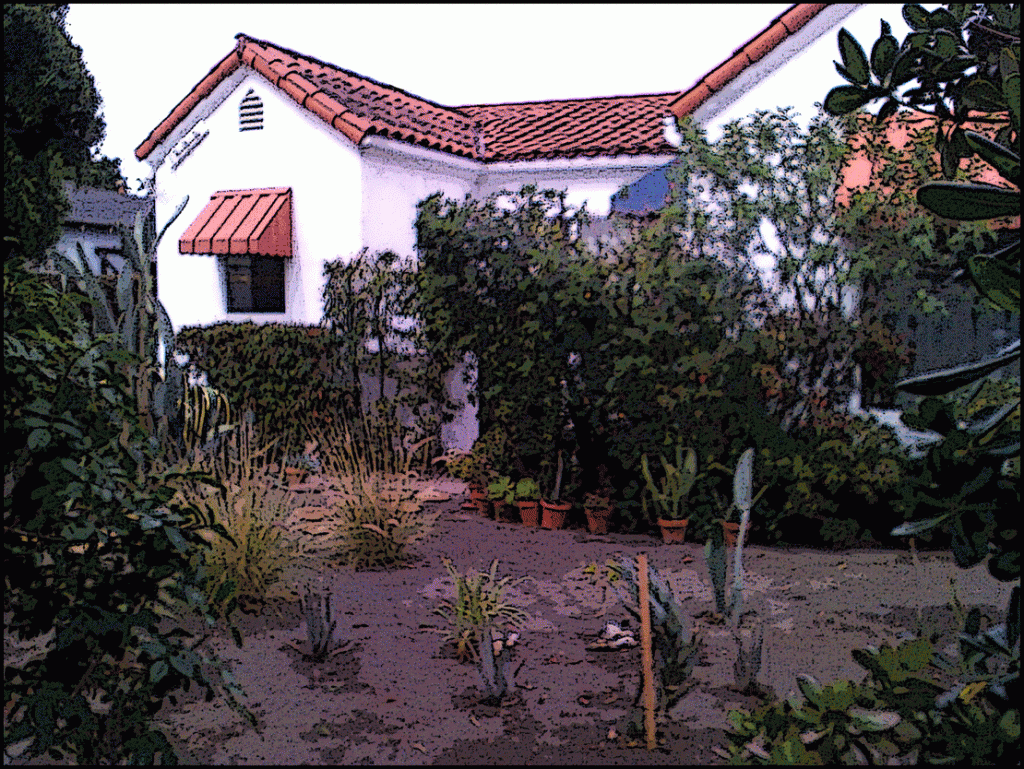
LK art of Tujunga House on 14may2015 due to me trying to capture a photo on this early morn after rainfall (something that doesn’t happen often in SoCal). Unfortunately I tried to get artsy-fartsy and took the image from behind growth in the foreground, which threw the subject matter out of focus. I had to play around to make the image usable. What you are seeing is a long-term project to turn the jungle into cacti and other vegetation natural to the SoCal climate. This project (which isn’t complete) began over two years ago when I realized the future. … Moreover, and more important, it was my attempt to deal with the LA Department of Water and Power (I’d like to say some truths here but don’t dare). I’ll let the Los Angeles Times, which has been pounding all sorts of issues within the LA DWP for a long time, do it for me. Here are two features in the 20may2015 issue of the paper: “Bill For $51,649.32: Couple were charged for using 6.7 million gallons of water” by columnist Steve Lopez (This elderly couple were basically ignored when they inquired about the bill, but were eventually told that they had a leaky toilet.), and “DWP hints at raising rates” by Matt Stevens (Nothing new here, for the DWP, and again I don’t want to say anything that will garner me a $50 thousand bill, need an additional $270 million for the next five years to cover their costs. There is more to this story than in the article. I know what has been going on for years and so do many Angelenos, but silence is golden.)
Undoubtedly, or perhaps unfortunately, this blog will go live on a sunny May day.
I need to do another rain dance outside … to break up the monotony of blue skies with nary a rain cloud in sight.
For the record, I love talking in front of an audience, I love acting on stage in plays that I write (and fingers are crossed that I can eventually play Flynn on stage), and I love writing magazine articles, but something had to give. Something had to be jettisoned to ensure that my ship doesn’t capsize.
Two major pieces to this puzzle are finances and time.
If I want to place the blame on anything, my mentalist capabilities point directly at these two villains, finances and time.

Simon Baker is The Mentalist in this superb TV series that includes a cast that has a connection with each other, and there are backstories on all them. More to come on this show. This image is the cover for the third season.
BTW, The Mentalist is a great TV show. Well-crafted scripts and good production values, and the five leading actors play well off each other. For me the show is an absolute delight to watch, especially Simon Baker as Patrick Jane, a consultant to the California Bureau of Investigation (CBI). As I’ve stated before, when I exercise I study film. Currently The Mentalist is my partner in crime. While it thrills me, grabs me, and has involved me, it allows me to work on my strength, my balance, and hopefully my capability to walk.
Back to the point … my current projects
- Sand Creek and the Tragic End of a Lifeway
Research and writing continues, and as mentioned above, this manuscript is now my prime project (no more detours!). When completed, this will be the most difficult book that I have ever written. Ladies and gents, I’m a biographer; I write about one or two people and their actions dictate the flow of the text. I write about people, and my friend and great editor-in-chief at OU Press Chuck Rankin bought into this. He has enough trust in me to deliver a manuscript, and I will, that shows the events through the eyes of the players in the story—leading and major supporting (and they will be determined by what I have, what I find, and by what writer-historian friends have kindly supplied me with that I wasn’t privy to).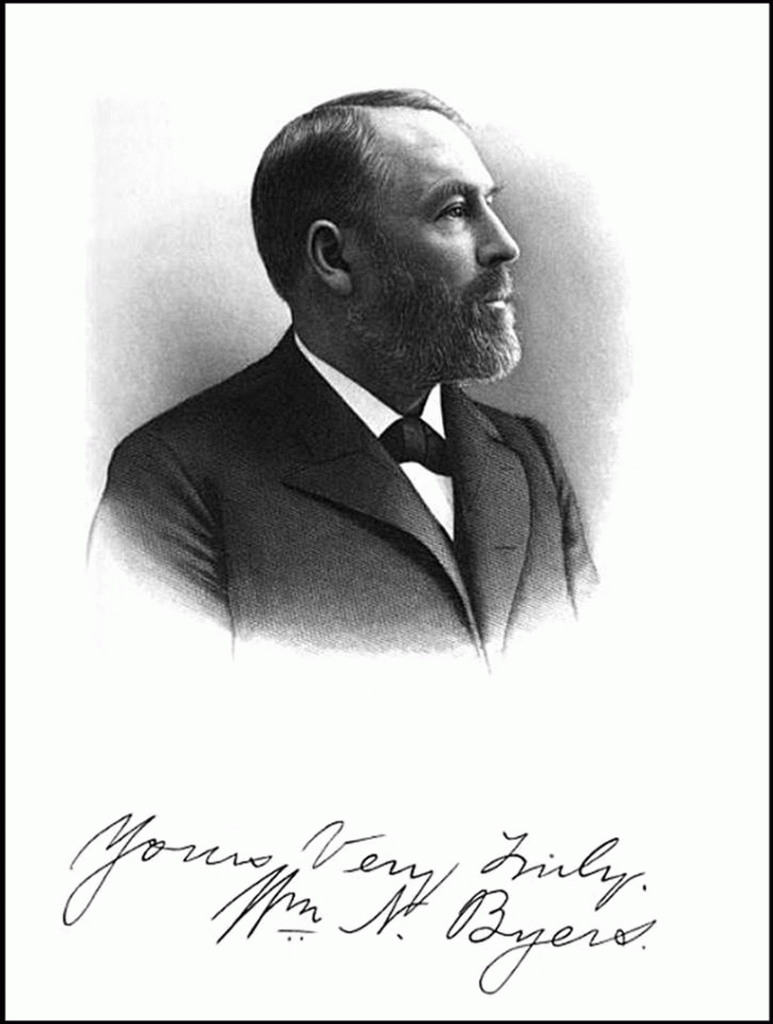
My Sand Creek manuscript is again dominating my life (and has for days). Yes!!! (Alas, this is not the forthcoming announcement that I mentioned in the previous blog; the link is above). … In my people-dominated Sand Creek manuscript I’m currently dealing with William and Elizabeth Byers. Good stuff, especially for Elizabeth, as I want as much about the ladies as I can possibly get into the book. William was publisher and editor of the Rocky Mountain News, and he played a huge role in the Sand Creek story. I’m also moving forward with John Evans, the second governor of Colorado Territory. He was instrumental to the events that led up to the November 1864 attack on the Cheyenne and Arapaho village on Sand Creek. There is a big smile on my face … and it is growing by the minute as the word count grows. I chose to show this image of Byers as it will never make it into the Sand Creek story. Reason: This image is long out of the scope of the book, but more important I have three images I want to use of him. As my image contract count has expanded (without checking I believe it has grown to 37 including maps), I’m seriously considering two images of Mr. Byers. BTW if you don’t know Byers, he was one tough hombre in a harsh land. He was opinionated and had no problems sharing his views. This made him a marked man, and yet he never backed down from what he thought was right. His connection to Wynkoop dates back to early 1859 when he and a partner were preparing a book on the Colorado gold fields. Byers and Wynkoop began their long-term relationship as friends, but it didn’t end that way.
Moving the story forward through people’s actions sounds easy, but it isn’t. I’ve got facts and figures, and there is still more that I’m researching, but they—reports, letters, statements—don’t add up to a readable book that will keep readers turning pages as opposed to falling asleep after ten or fifteen minutes. My goal is to bring these players to life and allow them through their actions to breathe life into this story. The scope is huge for there are numerous leading and supporting players (and don’t forget minor players), and they all lived through a turbulent time where violence could strike without warning. One day you could be fine and enjoying life and the next day your family could be dead. Fear, hatred, a need to seek revenge are normal and in no way make people in this situation evil.1 They react. We all react.
War has never changed, for it is basically kill or be killed.
However, sometimes actions go beyond kill or be killed, and I’m not talking about a bloodlust. What I’m talking about is stepping beyond the limit of what a person knows is wrong and yet still does it. It is action, that is what a person does as it shows who he or she really is and it negates what they say they are. For example, during George W. Bush’s Iraq war U.S. soldiers in a war zone discovered a girl, and if my memory is good she was 13 or 14 years old. They desired her. One day after she returned to her home these soldiers entered it. They murdered her family, they raped her and then they killed her. To hide their crime they set the house on fire. This wasn’t bloodlust in the middle of a firefight, … this was rape and murder and it was plotted. This was a heinous crime, and I have nothing good to say about those U.S. soldiers.
What about the major and supporting players in the Sand Creek story? I don’t believe any of them viewed themselves as an evil person. Not one of them. If I do my job properly, the reader will be able to make their own decisions.
1 There is a heck of a lot more to the Sand Creek story, and it includes culture, land, politics, and the struggle to open a new land while at the same time to retain a lifeway and freedom. This, and more, is also a part of the Sand Creek story.
- Errol & Olivia
In 1995 or 1996 I decided to write the first of what I envisioned as three books on Errol Flynn. Like my first book on Lt. Charles Gatewood, it took me awhile to realize that this first book needed a supporting player. For Gatewood it was Geronimo; for Flynn it is Olivia de Havilland. This manuscript has had starts and stops, and I can blame them on too much overtime in the software world, other freelance project deliveries, but most important is that I still haven’t completed what I consider mandatory research (this research is massive when compared to my Indian wars research, which is huge). I absolutely refuse to create false quotes and notes that are inaccurate at best and totally fictitious at worst. … A writer-historian has facts told to him (or her) by someone living—let’s say Olivia de Havilland (OdeH)—but if that person (for example, OdeH) can’t, or won’t, confirm when the event happened this creates a major problem. Did the event happen in 1940? In June 1940? Or did it happen in 1942? September 1942? If when the event happened can’t be confirmed and the writer—read LK—writes inaccurate facts, guess what? That’s right, this error, which might be considered major, now places a dark-dark cloud over the rest of the book’s accuracy. … I have some great stories from OdeH, but when I questioned her on when they happened, she stated: “You figure it out.” Not the correct answer. Unfortunately this answer, along with a book of fiction posing as fact in which I had no input to in any way (and you can guess what book that was), severed my inside track with this beautiful person. I feed her information when requested but it is no longer a two-way street. …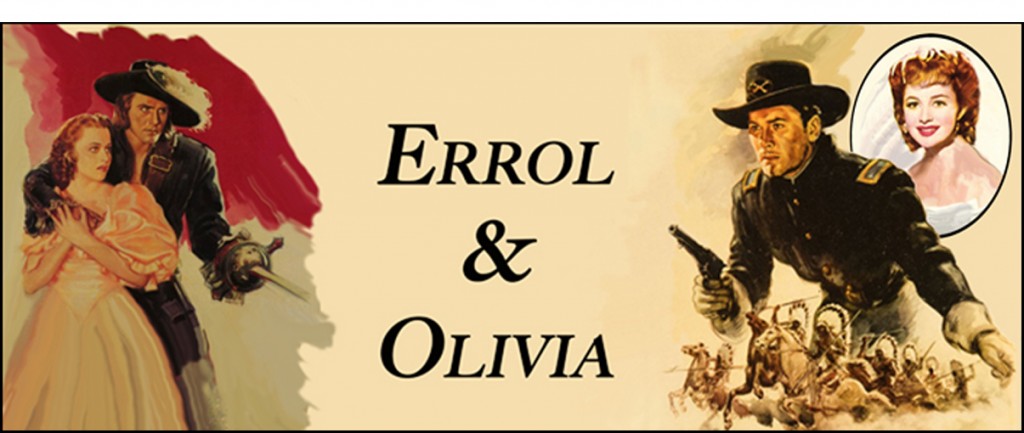 Bottom line: I must confirm actions and tie them in with dates and locations. Until I can do this, and this deals with what I consider valid information that shows who Flynn and de Havilland were/are I can’t complete the manuscript. I absolutely refuse to create a nonfiction manuscript that includes fiction (a future blog will deal with books that do this, and the errors in those books weren’t mistakes and I can prove it). Not going to happen. For me it has been searching dark alleys in an attempt to confirm what I think is the truth. To date I have followed a lot of leads that have proved fruitless.
Bottom line: I must confirm actions and tie them in with dates and locations. Until I can do this, and this deals with what I consider valid information that shows who Flynn and de Havilland were/are I can’t complete the manuscript. I absolutely refuse to create a nonfiction manuscript that includes fiction (a future blog will deal with books that do this, and the errors in those books weren’t mistakes and I can prove it). Not going to happen. For me it has been searching dark alleys in an attempt to confirm what I think is the truth. To date I have followed a lot of leads that have proved fruitless.
When Sand Creek and the Tragic End of a Lifeway is totally back on track and humming toward completion, Errol & Olivia will again move forward as the search for truth and reality continues. … But if those dark alleys continue to lead to dead ends the 2nd Flynn book will become the 1st Flynn book. That doesn’t mean that Errol & Olivia won’t be finished, it will but it won’t happen until supposed facts are confirmed (or dropped). Simple, and that’s life. I live with it. OdeH needs to live with it.
- The Discovery
This is the first time that I have ever partnered on a freelance writing project. Let me put it this way, I could not have had a better experience.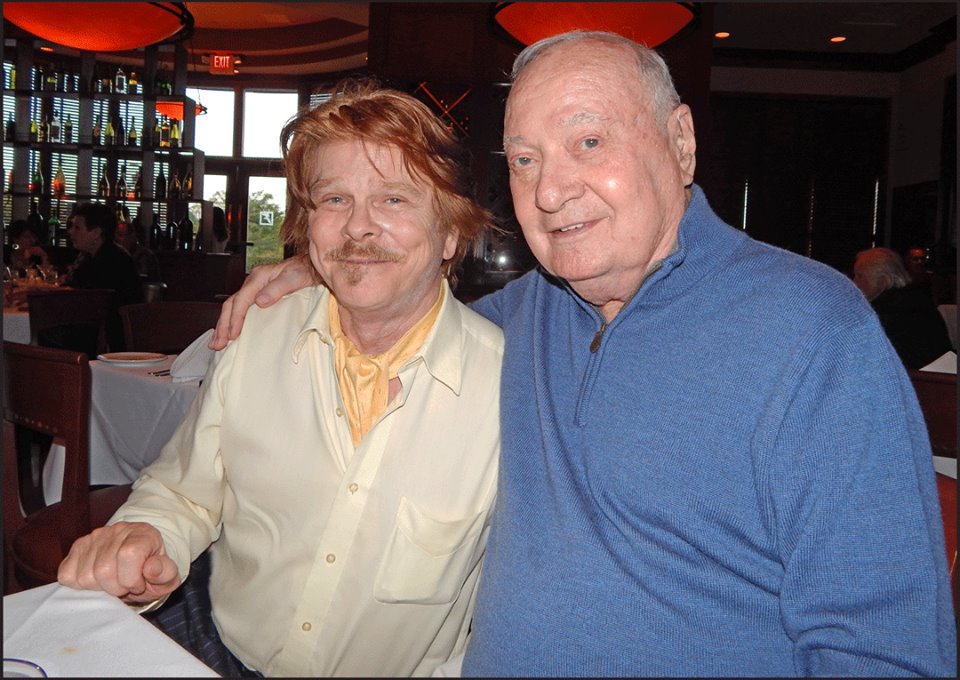
LK with Bob Goodman, MD, at Flemings in Woodland Hills, Ca., on 26jun14. I’ve know Bob for almost 25 years, and over that time we have bonded on two levels that goes beyond medicine: Friendship and writing. That said his discovery and recommendations in 2002 set in motion many events that have affected my life to this day, … the most important being that I’m still walking the land. (photo © Pailin Subanna-Kraft & Louis Kraft and Bob Goodman 2014)
Bob Goodman and his beautiful wife Doris have done so much to help me bring this story to completion. For the record, and I want to say it right here, when published this story will be one of the best books I’ve ever written. I still have a lot of work to do (and some of it deals with design), but I’m proud to have partnered with Bob. This book is major in my life, for it will be the first book published after I have used the LK blogs to discover my writing world voice. But, as stated elsewhere in this blog, it marks my return to fiction. For what it is worth, this is a story of people (read a character study) and their lives but I have written the text as if it is a thriller. A thriller? Surprisingly, perhaps shockingly, but certainly joyfully (from my perspective) for this story is a thriller. It will be published in early 2016 in paper and as an eBook.

At Flemings on 26jun14, Doris and Bob Goodman didn’t allow Pailin’s vocabulary or shyness to hinder this first meeting (for the record, Pailin works on her English every day and it shows). Doris was absolutely marvelous and within half an hour she and Pailin had bonded big time. And Bob was right there with Doris in opening up to Pailin’s charm. (photo © Pailin Subanna-Kraft & Louis Kraft, Doris & Bob Goodman (2014)
A book isn’t a book until it is published. The Discovery, which I’ve often shied away from saying anything about the plot as I didn’t want to give it away, is a good story. My partner, Dr. Robert Goodman, had a great idea, and we have worked hard to bring the story to life. It is not the time to say anything, … but soon. All I can say at this point is that the story is different. If you read fiction before bed and early in 2016 you obtain The Discovery there is a chance that you will be cursing Bob and I for keeping you awake. Years ago I had approached film legend Olivia de Havilland to help her complete her memoir (a manuscript that I hope and pray that she finishes, but don’t think she will). Livvie had asked me if ever I partnered with anyone on my books, and I had told her that I didn’t. She smiled and told me that was how she felt about it. … I never asked her again, but hopefully she has someone in mind if, God forbid, she can’t finish her story of her life. Bob Goodman has played a major role in my life, and if it wasn’t for him and other physicians I would have already been dancing with the angels for a long time. Years passed and Bob and I talked more and more about writing. Beginning in 2010 I acted as a consultant, edited some of his work, and provided detailed information on how to improve it. During this time our friendship grew, and in November 2013 Bob asked me if I’d like to partner on The Discovery. I was already intimate with this project and provided him with a proposal. In The Discovery things happen to real people in real ways, and best of all—and just like my Indian wars writing—there are no bad guys even though bad things happen. I don’t want to say that I’ve been there and I’ve done that, for I haven’t. … Hell, I’m not a physician and I’ve never been on trial. That said, things happen and the events affect lives. … I know that my life has traveled a rocky and very winding path. I don’t wallow in sorrow. At the same time I’m thrilled to be alive (the forever upcoming walkabout in Thailand blog will actually deal with this in some detail).
Back to the point … my future projects
Ladies and gents, fiction will play a large part in the rest of my life. No more 20+ year gaps between published novels. Actually, after The Final Showdown was published in 1992, I thought I would be a novelist while keeping my nonfiction focus on articles and talks throughout the western states that dealt with race relations during the Indian wars (and Errol Flynn, in believe it or not five states to date). My agent and I sold a follow-up book idea to the publisher of The Final Showdown. It focused on Kit Carson and Indian relations. But just before I delivered the completed manuscript to the publisher, they dropped their western line. When I confronted the agent about suing she told me that the publisher would blackball me and I’d never sell another book. Although I listened to her and agreed with her, I think her main concern was that she’d also be blackballed. Soon after we parted company. Over the years that agent and I have seen each other twice or maybe three times, and we have gotten along, but there will never be another agreement between us. Never.
This gets me to the next grouping of lk book manuscripts after Sand Creek and the Tragic End of a Lifeway, Errol & Olivia, and The Discovery. Like the above subsection I think it is best to bullet the book ideas (and that’s all they are at this point in time).
- Kit Carson nonfiction (one or perhaps two books)
I have a lot of primary source information on Mr. Carson in-house, and I have located missing primary source information. I have all of the valid secondary books from the 20th and 21st centuries, as well as what I consider valid books dating to the 19th century. Yep, I have a lot on Carson, and he is someone that I’ve been tracking for decades. Why? And especially so since he has been pounded for the last 15-20 years. The reason is simple: Most of the people that pound him (including the cretins in Taos, N. Mex., today) don’t know what the bleep they are talking about. The reason why these people are wrong is simply because they listen to, and buy into, bullshit that has no basis in reality. You do not want to know my opinion of these people, but let me just say this—their fingers are stuck where the sun doesn’t shine.
- Kit Carson fiction
This novel, if I do complete it, will be based upon a genre novel that I wrote in the early 1990s, but was killed when a publisher broke its contract with me. There is one major difference: It will no longer be genre fiction.When this rewrite/expansion is completed the manuscript will grow to between 100,000 and 125,000 words.It will be both a character study of Carson and an historical thriller that also features a Navajo warrior and his granddaughter. It will deal with race and race relations and it will deal with the human element during Carson and the two Navajos lives during this short piece of time.
Marissa Kraft w/Navajo Fortress Rock in the background (Canyon del Muerto, which is part of Canyon de Chelly on the Navajo Reservation in Arizona—the only national monument not on U.S. property) on August 7, 2012. Fortress Rock is one of the major set pieces of Navajo Blood, for it is here that fictional Navajo warrior Pedro Hueros must make a decision that will impact his and his granddaughter’s lives. … If you don’t know how I write about the Indian wars—fiction or nonfiction—I must walk the land. I must feel the sun, the wind, … I must experience how hard it is to walk. I must rub shoulders with those who came before me. The next day a Navajo guide took Marissa and I to Fortress Rock in her four-wheel drive and we studied it from all sides. It was just the three of us. Our guide requested that we not share her name or her image (and I have photos of her) on social media. Marissa and I don’t go back on our word; this lady’s name and image won’t be shared on social media. (photo © Louis & Marissa Kraft 2012)
Carson was not the racist that he is currently being portrayed as by people who base their views on sound bytes, repeated statements in the media, and secondary books by writers who are wanna-be historians that don’t do primary research but repeat what has been printed time and again by previous writers who don’t do primary research. DUH!!! Carson was illiterate, but he did learn how to sign his name. That doesn’t mean that he was stupid for he wasn’t. Carson could speak six or seven languages: English, Spanish, Arapaho, Cheyenne, Ute, and most likely Mescalero Apache and Navajo. Why? These people of all these languages were his friends and they played a major role in his life. … The fictional Navajo warrior Pedro Hueros and his granddaughter will interact with key Navajos who lived during this tragic time.
- 2nd Errol Flynn book
Unlike the first book, which has the added person of Olivia de Havilland, this manuscript will focus solely on Flynn. I can’t tell you anything about this book other than it will be the best book that I write. - lk Memoir
I have certainly talked about this manuscript in blogs and in other social media. This is an important book for me, for I want to delve into my psyche as well tell a truthful story of my life. To do this I must obviously deal with facts and details as I don’t want to create a whitewash, which is something many memoirs do.I learned a great lesson a long time ago: If you want to tell the truth you had better be dead when the book is published for then those who don’t want the truth known can’t sue you. Those are hard words to say, but they hit the target dead center. I have boxes of notes and documents that will back up anything that I dare to say. Hopefully when I deliver this information to the Louis Kraft Collection, this important documentation will be added to my archive. … I need to make something clear here—I’ve enjoyed my life, and would not change anything. I had a long first marriage that ended in divorce and then long-time relationships with two women. These three relationships failed, but I loved these three ladies and they me (at least for a while). From my point of view the good in these relationships far outweighs any of the bad. I do not hate these people. Far from it. My ex-wife is a friend, and I harbor no ill feelings toward the other two ladies.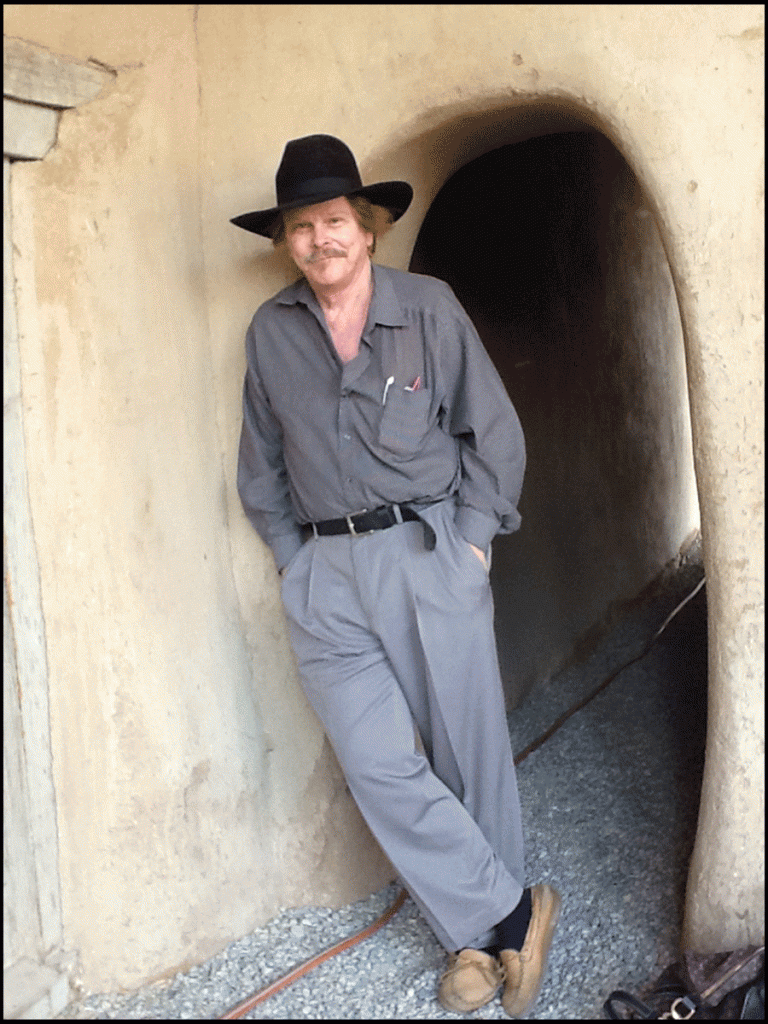
LK leans against the archway that separates the first courtyard from the second at the Martinez Hacienda in Taos, N. Mex. I’m at home in New Mexico and I could live here, but due to recent happenings the chances of me living in Taos have about as much chance as me living in Arizona (and that is close to zero). (photo © Pailin Subanna-Kraft & Louis Kraft 2014)
I also need to say that in Pailin I have found my soulmate and my life partner. I also need to let you know that my daughter Marissa is forever a major piece in my life. This manuscript will be truthful, and although it will deal with the bad it will be very positive.
- A novel dealing with modern-day Anasazi in the Southwest
This novel, which was plotted in the early 1980s, deals with modern times, people, and racism. The three leading players are a male, his daughter, and a lady. It is a thriller that will deal with mysticism, cannibalism, and love. Trust me, for it will be a be a page turner. - A Ned Wynkoop novel
Originally my OU Press contract for Ned Wynkoop and the Tragic End of a Lifeway specified that I could not write about Wynkoop in the future. I refused to sign the contract with this clause and Editor-in-Chief Chuck Rankin removed it. Later Chuck explained to me that he was concerned about me writing a competitive nonfiction book about Wynkoop for another press. He also told me that what he originally wanted in the contract did not include Wynkoop in fiction. … After the Sand Creek nonfiction book I’m certain that I will walk away from Mr. Wynkoop. That said, and if I live long enough, I may attempt to deal with him in fiction but for this to happen I must double my life expectancy. - The pirate Francis Drake
“El Draque,” the dragon, as the Spanish called Drake joined my life in the 5th grade and he never left. I don’t have as much primary source material on him as I’d like, but book-wise I have it all.
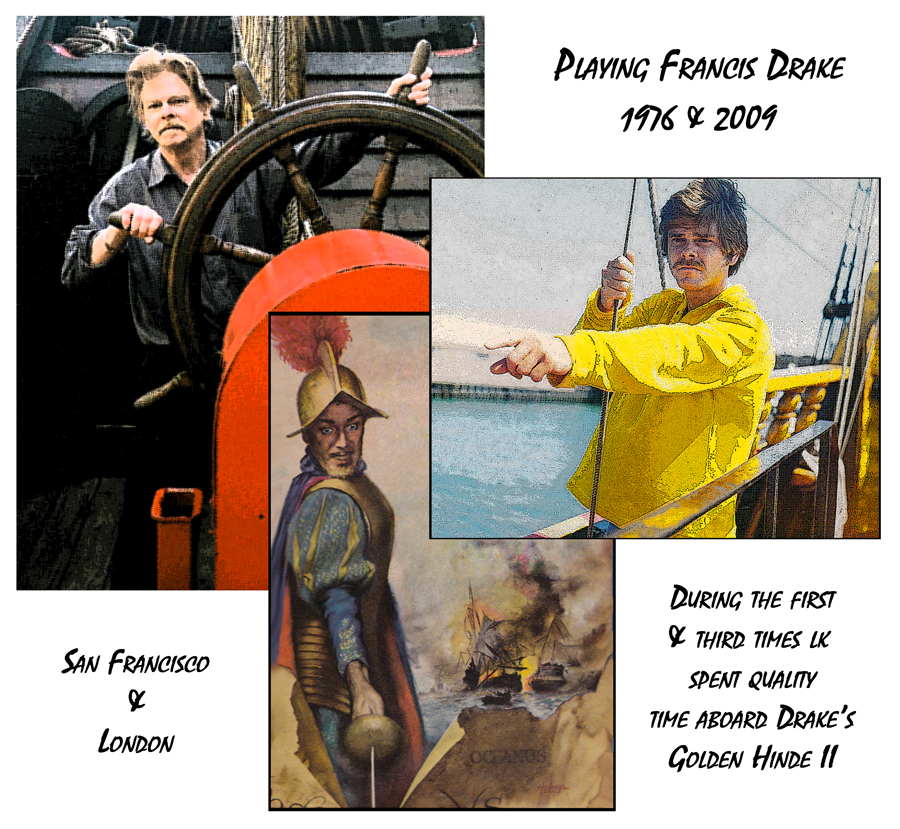 His shockingly passive attitude toward England’s deadly foe, Spain, allowed him to deal with captives in a humane way. In a time of extreme religious war Drake did not butcher. Instead he treated his captives as welcomed guests, which made him an extraordinary person during the 16th century, a time of hatred and mass killings. Back in the mid-1970s I had an acting manager, a very talented and good person whom I liked. Eventually we teamed on what would have been my first novel, but it was never completed. It dealt with Drake. I don’t know if I’ll return to this manuscript, which I have, but I will return to Drake. Certainly in fiction and hopefully in nonfiction. Yes, you are reading me correctly, for both Flynn nonfiction and Drake nonfiction could eventually impact my Indian wars nonfiction world in a major way.
His shockingly passive attitude toward England’s deadly foe, Spain, allowed him to deal with captives in a humane way. In a time of extreme religious war Drake did not butcher. Instead he treated his captives as welcomed guests, which made him an extraordinary person during the 16th century, a time of hatred and mass killings. Back in the mid-1970s I had an acting manager, a very talented and good person whom I liked. Eventually we teamed on what would have been my first novel, but it was never completed. It dealt with Drake. I don’t know if I’ll return to this manuscript, which I have, but I will return to Drake. Certainly in fiction and hopefully in nonfiction. Yes, you are reading me correctly, for both Flynn nonfiction and Drake nonfiction could eventually impact my Indian wars nonfiction world in a major way. - An Errol Flynn play
My favorite role that I ever played on stage was as Charley in Eat Your Heart Out.
In this scene of Eat Your Heart Out, I leaped upon the chair and lunged to impress actress Robin LaValley, who played my soon-to-be girlfriend in the play. The chair always rocked and I always had to do a balancing act, … but it was fun. (photo © Louis Kraft 1976)
I played Charley in a dinner theater in Lubbock, Texas, in 1976, and in Inglewood, California, in 1977. I luckily landed a great part in a great play. Eat Your Heart Out is about an actor trying to land acting work while waiting tables. There are four other actors in the play: Two women and two men who play various roles.
Richard Steel-Reed, who directed Eat Your Heart Out in Lubbock and who would soon become my manager, brought in a photographer to shoot a rehearsal of the play.
The first time I swung an imaginary blade on stage was in high school in a play called Teach Me How to Cry. Miss Victoria Francis, my acting teacher/coach, directed that play. Although I had studied under the famed U.S. Olympian, stunt man, and fencing coach Ralph Faulkner in junior high school I had trouble choreographing and performing the duel. She told me that if I didn’t get the action to look believable she’d cut the scene (it wasn’t cut). She is a special person that I know to this day.
How Eat Your Heart Out was set up will work for the Flynn play, but I intend to increase the actors to six: Flynn and another actor with two women and two men who play various roles. I think that this will work on stage. Tom Eubanks, my good friend and great director, take heed, for this could be a great production for your theater company. Hey my friend, we need to partner one more time. Yeah, if I can sell you on another play idea this is the one.
- A nonfiction book on Phraya Phichai
Phraya Phichai was the Thai soldier with the broken sword. Actually this is not quite true, for he was a nobleman, a general, and close to his king. From what little I have learned of this man’s story, he was amazing (Bless you my brother Sophon and Pailin’s wonderful niece Lek for making this happen).
This attempt at art was based upon a statue of Phraya Phichai at Not and Font Subanna’s house in Uttaradit, Thailand, in November 2014.
Alas, I need primary source material in the Thai language. Enter Pailin, for when I secure the primary source material, her command of the English language will be pristine and will allow me to learn the details of this exceptional man’s life. This will a book for both the USA and Thailand.
By now you know that Pailin is my lady, my best friend, and my wife. She has done Sand Creek research, Wynkoop research, and Kit Carson research.
Is she my research assistant?
According to Pailin, … “No!”
But just the other day she asked when our next research trip to the West would happen. Unfortunately I had to tell her, “Not in 2015.” On the bright side, it will happen again, as she and I love the experience of discovery and the experience of people. Our future is still to be written. Some of it will be intimate and most likely never to be shared. But there is a lot of our time together that can be shared. Yes, the times they are a changin’ and lk is loving every minute of it.
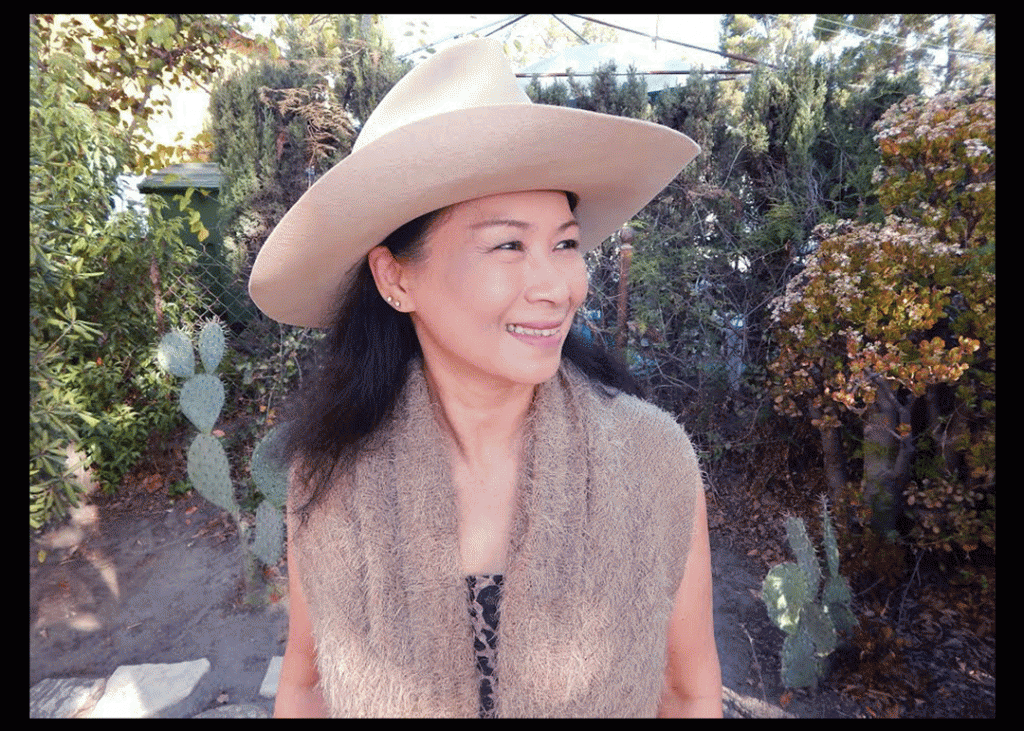
Pailin in the front yard of Tujunga House, shortly after she moved in (17nov13). In 2013 I published a blog called Who says they don’t raise cowgirls in Thailand and other stories of Sand Creek, and I featured this image. As soon as I took this photo of her it became one of my all-time favorites, and it is on my desk. (photo © Pailin Subanna-Kraft & Louis Kraft 2013)
Another nonfiction book floats in the mists of time until reality happens
Actually there hopefully is another major nonfiction book in my future. It has never been discussed or named, but it has been hinted at. It is a book that I am capable of writing and it is a book that I really want to write. My potential partner needs time, somewhere between two and three years (maybe longer). This is vague, but it is all that I can say. I had cryptically mentioned it in the previous blog, and as I said then, “Don’t ask, for I ain’t talkin’.” If this story becomes reality, it will not only be a page-turner, it will change history. With or without me this is going to be a great book. My fingers are crossed that it happens and that I’m a part of the project. Time will tell. At the moment it is a go for me. Will it be the same in three years? The future has the answer, and I’m good with whatever that answer will be.
The LK future is now
As The X-Files used to proclaim: “The truth is out there,” and I’m ready for it (BTW, beginning on January 24, 2016, there will be six new and special episodes of The X-Files on Fox). I wonder if David Duchovny (as Fox Mulder) and Gillian Anderson (as Dana Scully) will grab me and not let go as they had in years past.
As I hope you can tell by what you’ve read, books (and my lady) are my future. There is one additional ingredient here, my daughter—Marissa. But regardless of how I view my future with Pailin or Marissa, or of my remaining time in the U.S., and I must remain in the states to complete a major portion of the Errol Flynn research (preferably in LA). Ditto Kit Carson, but a lot of my primary research on him is already in-house. I think I could complete Carson research living outside the U.S., but Flynn research is questionable at best for the cost to return to LA (and elsewhere in the USA) would be astronomical. Regardless, the clock is ticking. How fast—how fast!!?? … Still, the USA is my homeland and I love it here (I actually love LA, even though I pick on it more than I should). My first, and as the minutes speed by, most likely my only real possible destination in my homeland is Santa Fe, N. Mex. Actually I’m at home in the entire state. I always feel welcome, and there is so much of me that is already at home there. The search to move to the Land of Enchantment is ongoing, and if I never move there, it will remain ongoing until the day I die. ‘Course I’ve got to convince Pailin that this is the land for us (she was impressed in fall 2014). I think she also liked Colorado and Texas.
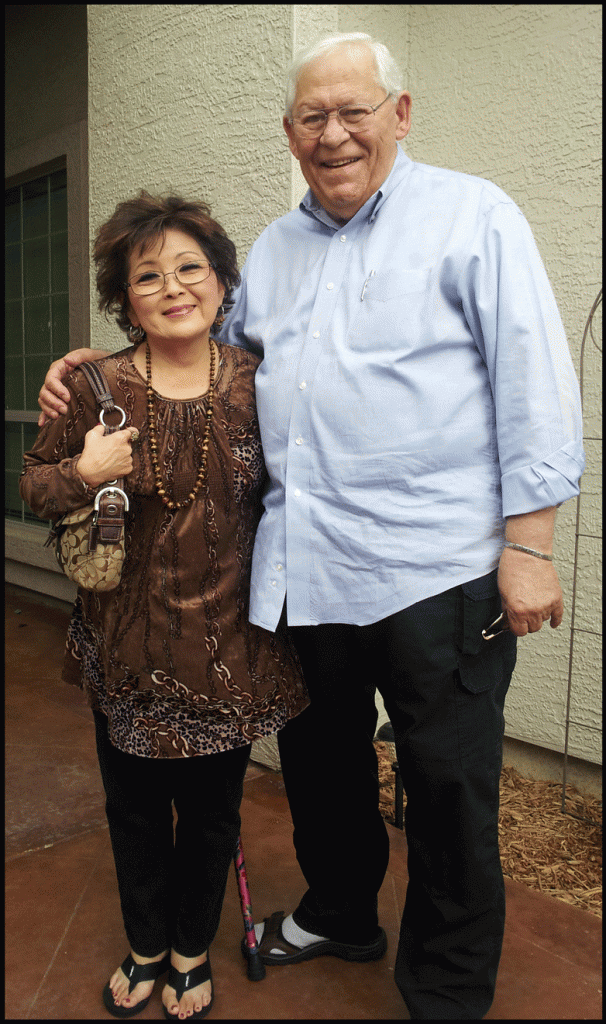
This image is of Ellen & Glen William in October 2014. Good times for PSK and LK for Pailin got to meet two of my great friends and we had a good time in Texas. I’ve had bad, read “very bad,” times in Texas and good times. During the summer of 1976, which I spent in Lubbock, tornado warnings were a daily occurrence but I never saw a tornado. Most of the time I’ve spent in Texas (six plus months) the weather has been good if you ignore the wind and the humidity. Ellen, luckily, was able to spend good time with her sister and mother at this time. I met her mother during this trip and she is a special lady (I’m glad that I met her). Ellen, like Pailin, is a little pixie, and like Pailin, she is full of life. (photo © Louis Kraft, Ellen & Glen Williams 2014)
My great friend Glen Williams, who with his gorgeous wife Ellen, opened their new home to us in Denton, Texas, in October 2014. They have been my friends since sometime in the early 1990s when Glen and I linked up while at Infonet Services Corporation (now British Telecom Infonet). Glen and Ellen had had enough of the California bullshit (read taxes, taxes, and more taxes along with the escalating cost to pay for everything else). California is truly the land of the rich. Everyone else, grab your crotch for you are speeding straight toward poverty. The middle-class will soon be extinct in California. Believe me, in California you can earn over six figures and not save much, I did this, and I know it is true. At that time I worked two jobs: Writing for the software industry and freelance writing and easily put in 70 hours per week when I wasn’t getting killed with overtime by by the technology companies that hired me. For the record, Oracle paid time and a half for overtime (but I worked with a great crew of people, both engineers and management, and kept the overtime to a minimum). Some of the other companies (especially two that are long dead) were a joke. They paid great money, but you do not want to hear my opinion of them. … Someday after I spend a lot of time with a lawyer discussing details, maybe I’ll write an expose. It would be a page turner … writing about the past but still something I’m certain continues to this day. I won’t, for if I want to write an expose it will deal with my life, and in it the software companies I wrote for didn’t mean anything to my life, other than guaranteeing that I could do what I wanted on the freelance side without starving to death. They used me, and I used them. A manager I had at Sun Microsystems (a long-dead company but not lamented) asked me what I thought of my writing position. I told him, “If McDonald’s paid me more to cook hamburgers I’d work for them.”
He didn’t much care for my answer.
A short while later when Sun Microsystems resembled an airplane that had lost power and was spiraling toward a fiery impact with land this manager held a meeting to inform the writing staff (I think about 13 or 14) that a layoff was coming, a major layoff. Most didn’t believe him. I had inside information, for I spent a good amount of time with upper management and product and program managers and I had a clear picture of the future. This was supposedly illegal, but I had it. During the meeting the manager asked how the group would remember him. “As the executioner,” I proclaimed. People laughed, but several asked me if I were crazy. “No.” … On a fateful, and an oh-so publicized, day in January 2009, 69 percent of the staff in the Monrovia, Calif., office were laid off.
That afternoon a good portion of us gathered at a restaurant in Arcadia, Calif., to celebrate. To quote Martin Luther King, Jr. from his 28aug1963 speech, “I Have a Dream”: “Thank God Almighty, we are free at last!”
The nether world
Years back a clown I knew, that is a so-called novelist, questioned why I wrote for major companies. I told him, “the money.” Moreover I didn’t want to write clichéd genre novels each month, of which most were published under pseudonyms and often in numbered series that had a stable of writers hacking out the required 65,000 words. If you read one of these volumes you would run to the toilet to vomit. Or perhaps you’d enjoy the fluff that had you turning pages. I read a lot of this stuff. Hell, I studied this stuff. My decision: No way in hell am I going to write bullshit prose that is an embarrassment to me. BTW, and for the record there are some great western novels being written. My personal favorite is Johnny D. Boggs. If you want to read good western fiction, buy one of his books.

LK at a Joni Blair catalogue shoot in 1974. The car is a 1931 Model A Ford (owned and restored by Hank Sorni). (photo © Louis Kraft & Joan McGirr 1974)
… I survived for years in the entertainment world doing just that; that is crap jobs that meant nothing. Talking only commercials here, I played a dancing sock (product???), and a tennis athlete with Micky Dolenz of Monkees’ TV fame (it may have been Kmart but I don’t remember, and I didn’t keep modeling resumes) commercials that played forever in LA in the late 1970s. There were many, but my favorite was a string of Jantzen sportswear commercials for Japan (I had the “American” look, whatever the hell that was). We shot at Union Station in downtown LA and had at least two days of shooting on the University of Southern California (USC) campus. During the shooting of a shower scene in the men’s locker room, my bathing suit apparently showed and the director called my female Japanese interpreter in from outside the locker room. After he spoke with her she asked me if I would strip. I had no problem. She stepped outside and the shooting continued. My back was to the camera, but by this time I had learned that I could have my face in profile. I don’t want to call myself a method actor, but hell, I’ve got to rinse soap off my back. I turned around. The director suddenly started jumping up and down as he screamed and pulled his hair. One of the male crew members ran to me and wrapped a towel around me. In the meantime one of the other male crew members ran to get my interpreter. After she listened to the director scream at her for a full five minutes, she calmly told me that I couldn’t face the camera.
 Over those years I had a lot of commercial agents, and some of them handled print work … which I absolutely hated, although at times it meant receiving nice clothes for free not to mention the salary. One thing I always made clear up front: “No ramp work!!!!” “Why not?” “Because I will hit the closest person to me when I learn I have to do this and demean myself.” “It isn’t demeaning, and you can earn good money.” “I don’t give a F—!” “That’s not a good attitude!” “Listen to me, for I will hit someone and they will land on the floor.” … I never had to hit anyone, but print work was pure hell.
Over those years I had a lot of commercial agents, and some of them handled print work … which I absolutely hated, although at times it meant receiving nice clothes for free not to mention the salary. One thing I always made clear up front: “No ramp work!!!!” “Why not?” “Because I will hit the closest person to me when I learn I have to do this and demean myself.” “It isn’t demeaning, and you can earn good money.” “I don’t give a F—!” “That’s not a good attitude!” “Listen to me, for I will hit someone and they will land on the floor.” … I never had to hit anyone, but print work was pure hell.
The above image was taken on 8jun1980 at Plaza del Oro in Encino, Calif. (photo © Louis Kraft & Joan McGirr 1980)
Back to my writing world
There’s a wealth of Flynn research at my fingertips, as is much more Indian wars material than you’d ever guess. I write and I talk to myself as I wander about my 1928 lath and plaster house as I work on my day’s writing schedule. Write, research, write, read, write, research, edit, write some more (and if need be talk to my plants before I bang my head against a wall that won’t give, which isn’t quite true—see A gunslinger in a bathroom for a humorous story of when I locked myself in the bathroom). My writing world is mine. It is personal, and I never buy into a subject that I can’t marry for years or decades. I don’t write about good or bad, but rather I strive for a reality based upon what a person or people did. Their actions define who they are. If I do my job I provide you with their actions, and it allows you to make your decision about them. This is not easy, and takes a lot more time then you’d guess. For the last several weeks I’ve been pounding the keys on the Sand Creek manuscript. Good stuff, but only the beginning for this portion of the story for I’ll eventually need to figure out how to translate the facts to action. … I need to make a confession here; during these same three weeks I’ve been doing the same thing with Kit Carson. “What?” “Yes.” “Meaning?” “Meaning I constantly study the facts as I attempt to figure out what happened and what Carson did.” “Are you working on Carson?” “No, no work on the nonfiction Carson until I have a contract. The fictional Carson already exists, and although I haven’t done any rewriting other than on the beginning of the story, research is ongoing.” … It is research that I’m looking at. I should add that I have begun to polish The Discovery (as the reviews are in-house).
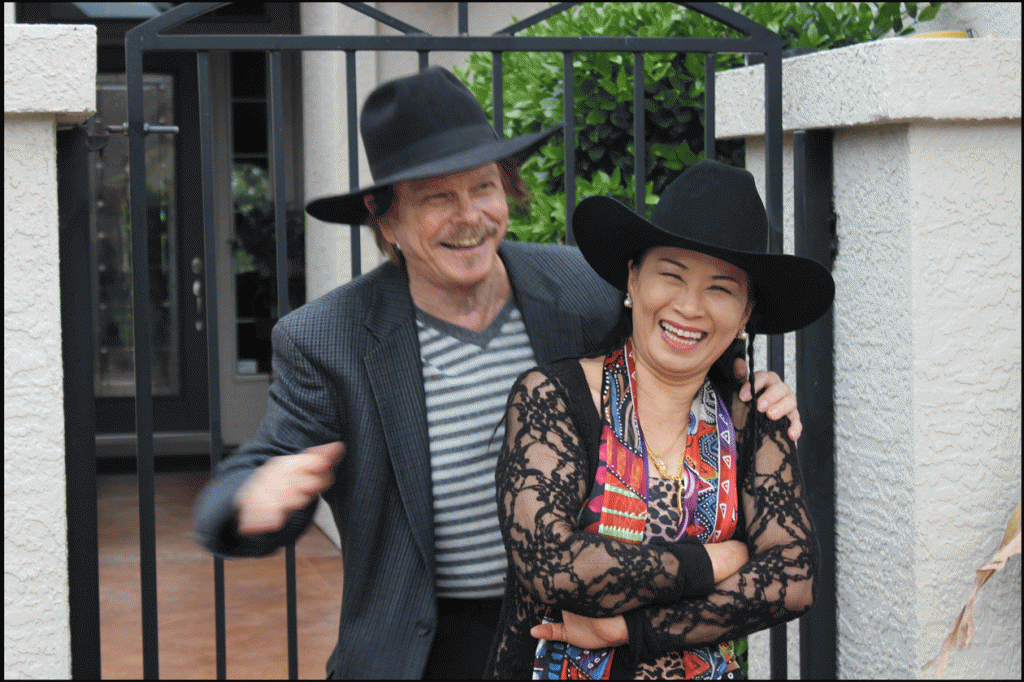
LK & Pailin at Glen and Ellen Williams’ home in Denton, Texas, in fall 2014. Good times for the four of us and Glen’s wonderful sister, Linda Williams. I love this photo, which Glen shot at the entry to their home, for it captures PSK & LK’s life in one simple image. (photo © Louis Kraft, Pailin Subanna-Kraft, & Glen Williams 2014)
At the moment my world couldn’t be better. On 14may2015 Pailin told me how happy she was that I accepted her life. And I do, although I growl at times. She was bouncing, as she was so happy. She always is, and moreover so positive and thrilled with life. I told her that I was happy too, and as happy as she was for I was thrilled over how she has accepted my life.



